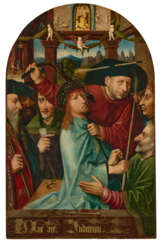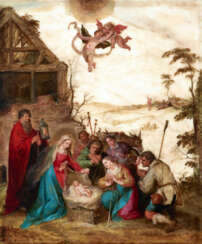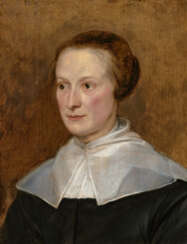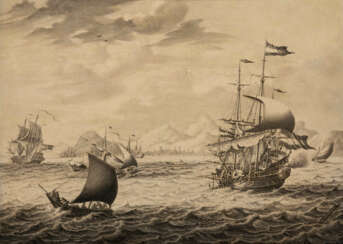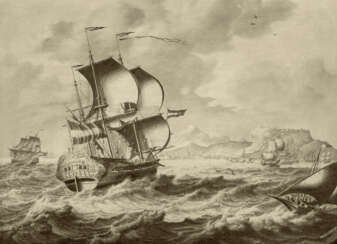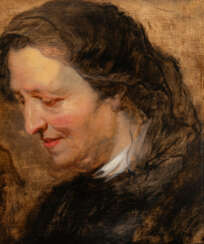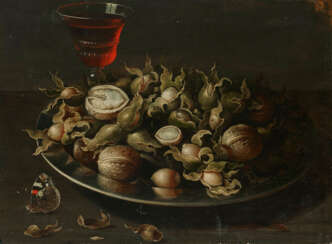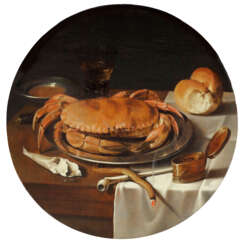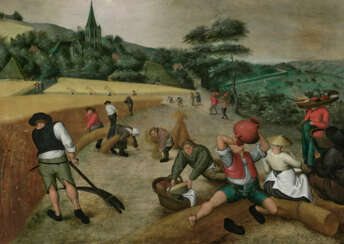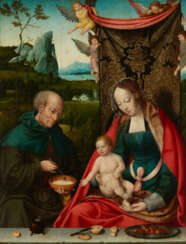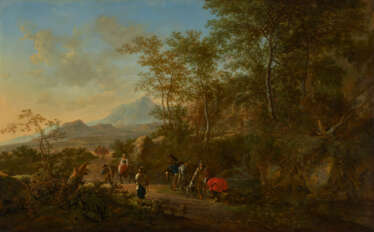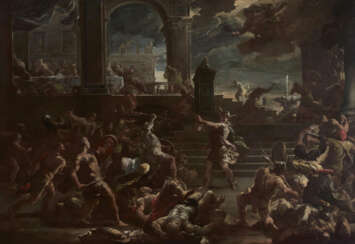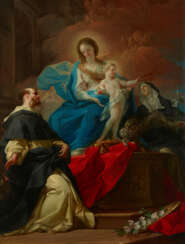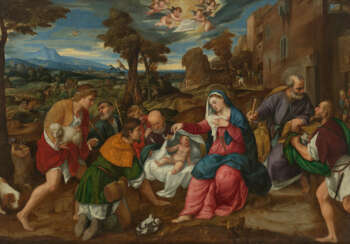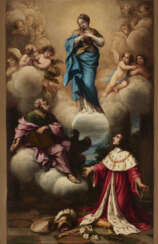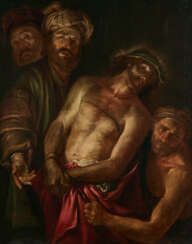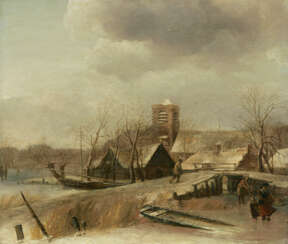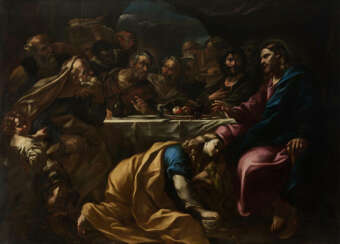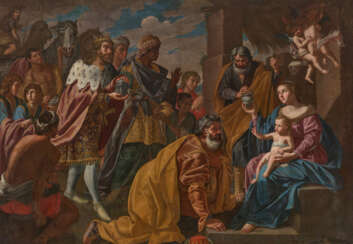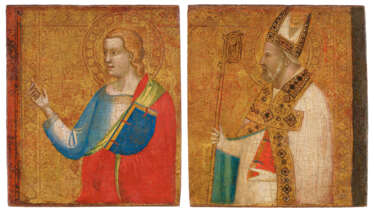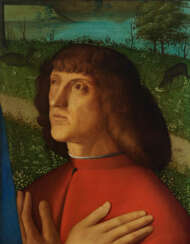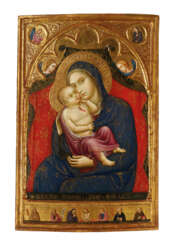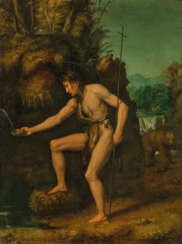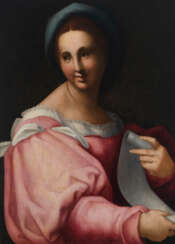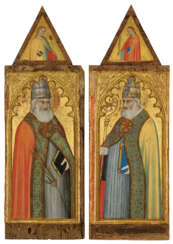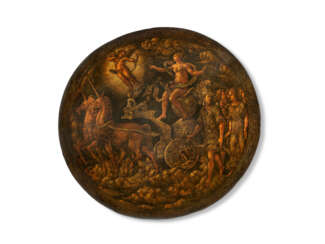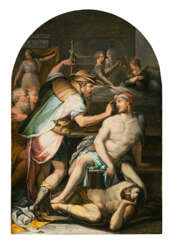
Old Masters
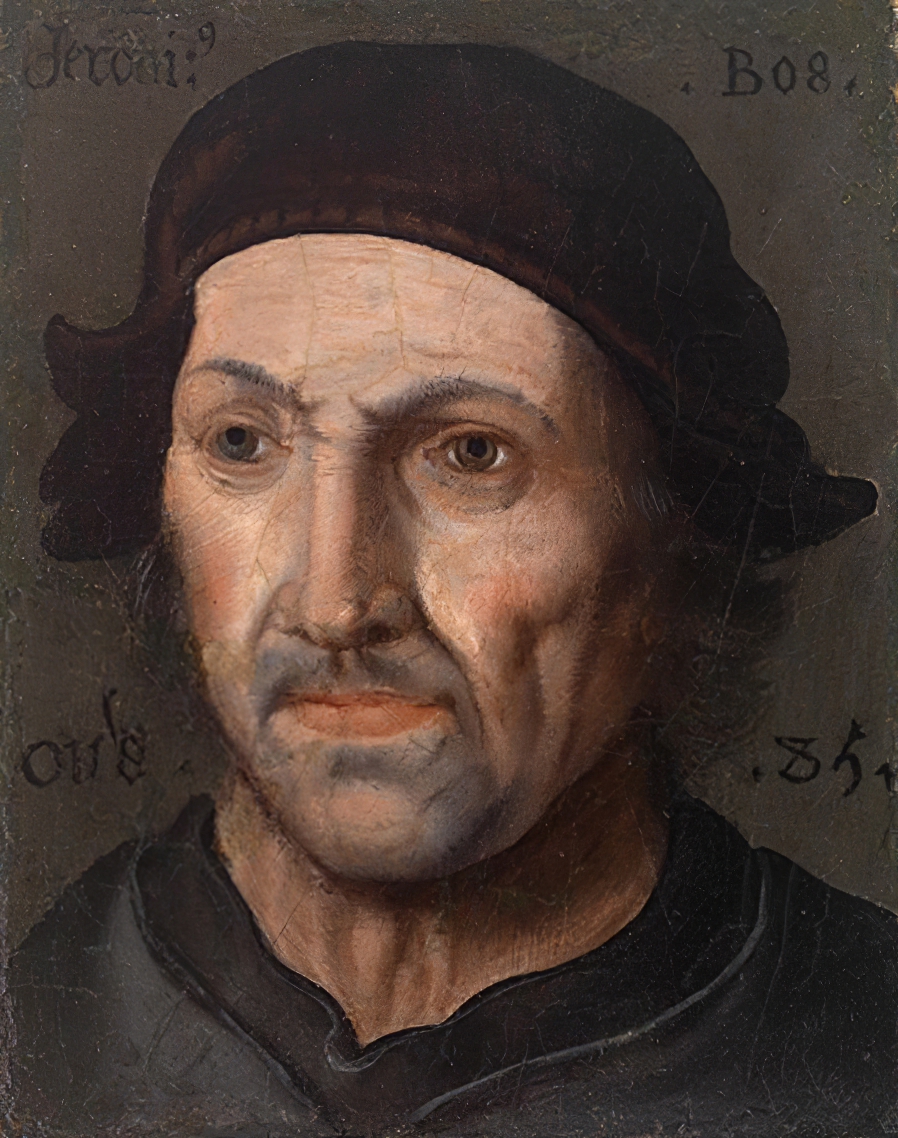
Hieronymus Bosch, a Netherlandish painter born around 1450 in 's-Hertogenbosch, remains one of the art world's most enigmatic figures. Bosch's work is renowned for its intricate, symbolic, and often unsettling imagery, depicting fantastical creatures, earthly pleasures, and human folly with a depth that continues to fascinate scholars and art lovers alike. Despite the scarcity of biographical details—owing to the lack of personal letters or diaries—Bosch's legacy as a pivotal figure in the transition from the medieval to the modern worldview is undisputed.
Bosch spent virtually his entire life in his birthplace, where his family had deep roots in the artistic community. His grandfather and father were both painters, suggesting that Bosch likely received his initial training within his family. By the late 15th century, Bosch had become a respected member of the local Brotherhood of Our Lady, contributing significantly to the cultural and religious life of his community through his artworks. Notably, Bosch's oeuvre includes around thirty paintings, with "The Garden of Earthly Delights," a triptych full of intricate, allegorical imagery, standing out as one of his masterpieces. This work, alongside others such as "The Temptation of St. Anthony" and "The Haywain Triptych," showcases Bosch's unique ability to blend religious themes with his vivid imagination, offering commentary on human sin and redemption.
Bosch's art, characterized by its detailed landscapes populated with a myriad of creatures both heavenly and demonic, reflects a deep moral concern with the fate of humanity, yet leaves much to interpretation. His works are preserved in some of the world's most prestigious museums, including the Museo del Prado in Madrid, where "The Garden of Earthly Delights" is housed, underscoring his lasting impact on the cultural and artistic heritage of the Renaissance period.
Despite the challenges in attributing some works definitively to Bosch due to the absence of signatures on many of his paintings, about 25 paintings and eight drawings are confidently ascribed to him, with others attributed to his workshop. Bosch's influence extended beyond his lifetime, notably inspiring Pieter Bruegel the Elder, and continues to captivate contemporary audiences with his complex iconography and detailed panoramic scenes.
For collectors and experts in art and antiques, Bosch's work represents a fascinating intersection of culture, art, and the human condition, offering endless avenues for exploration and appreciation. To stay updated on new discoveries, sales, and auction events related to Hieronymus Bosch, signing up for updates can provide exclusive insights and opportunities to deepen one's understanding and collection of this remarkable artist's work.
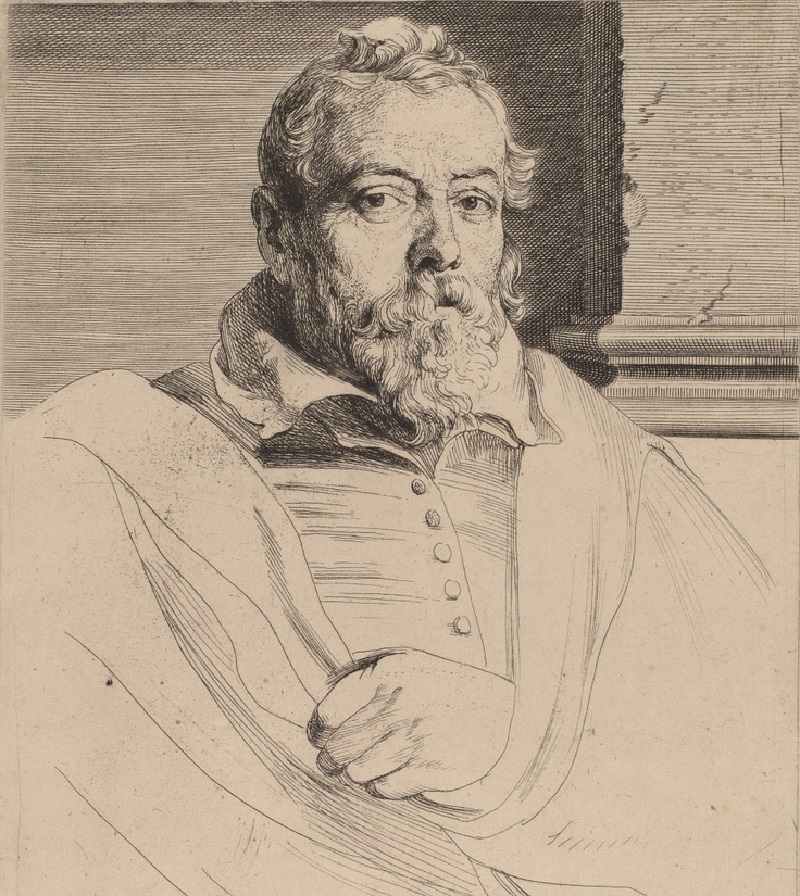
Frans Francken the Younger was a distinguished Flemish painter of the Baroque period, celebrated for his versatility and innovation in the art scene of the early 17th century. Born in 1581 in Antwerp, where he also died in 1642, Francken hailed from the prolific Francken family of artists, establishing himself as the most prominent among them. His contribution to Flemish art includes a wide array of subjects, spanning large altarpieces for churches to intricate cabinet pictures featuring historical, mythological, or allegorical themes.
Francken's work is particularly noted for his creation of collectors' cabinet paintings, a genre that depicted the interiors of collectors filled with art, curiosities, and natural specimens, embodying the era's intellectual pursuits and the burgeoning culture of connoisseurship. Moreover, Francken was instrumental in the development of singeries, humorous paintings featuring monkeys engaging in human activities, critiquing the follies of mankind through satire. His collaborative efforts with other artists enriched his work, allowing him to incorporate figures and narrative depth into various compositions, seamlessly blending his expertise with the landscapes, architectural settings, and still lifes created by his contemporaries.
Francken's artistic legacy is marked by his successful workshop, his role as a master in the Antwerp Saint Luke's Guild, and his significant influence on the development of new subject matter and genres within Flemish painting. His works, such as "Mankind's Eternal Dilemma: The Choice Between Virtue and Vice," remain celebrated for their detailed craftsmanship and symbolic richness, housed in prestigious museums including the Museum of Fine Arts, Boston.
For collectors and art history aficionados, Francken's oeuvre offers a rich tapestry of Baroque artistry, reflecting the dynamism of 17th-century Flemish culture and the depth of humanistic and religious themes explored during the period.
To delve deeper into the world of Frans Francken the Younger and to stay updated on new discoveries, sales, and auction events related to his works, consider signing up for specialized updates. This subscription is tailored for enthusiasts eager to explore the intersections of art, history, and culture, promising insightful content on one of Flemish art's most influential figures.

Anthony van Dyck, a Flemish painter born in 1599 in Antwerp and passed away in 1641 in London, is celebrated as one of the foremost Baroque painters of the 17th century. His notable contributions to the art world include his exceptional portraits of European aristocracy, as well as his religious and mythological paintings. Van Dyck's early exposure to art was influenced significantly by his apprenticeship with Hendrik van Balen and later, by the profound impact of working alongside Peter Paul Rubens. His mastery was recognized early on, leading him to set up his own workshop by the age of 15.
Van Dyck's journey to Italy in 1621 marked a pivotal phase in his career, allowing him to immerse himself in studying the Italian masters and commencing his successful stint as a portraitist. His style evolved under the influence of Titian, evident from his vibrant use of color and refined modeling of form. Van Dyck's Italian period not only honed his artistic skills but also established his reputation as a painter of consequence.
Upon returning to Antwerp, van Dyck's portraits became highly sought after, leading to commissions from notable figures such as Archduchess Isabella and Queen Mother Maria de' Medici. His role as a court painter further solidified in England under the patronage of King Charles I, where he was knighted and appointed as the principal painter, profoundly shaping the aristocratic character of Charles I's reign through his portraits.
Van Dyck's legacy extends beyond his death, having influenced English portrait painting for over a century. His innovative techniques in watercolour and etching, along with his sophisticated portrayal of subjects, continue to be admired. His art not only showcases his technical prowess but also reflects the cultural and social nuances of his era, making his work a significant study for collectors and art historians alike.
For enthusiasts eager to explore the intersections of art, history, and culture through the lens of Anthony van Dyck's work, staying informed about new discoveries and auction events is essential. Signing up for updates can provide exclusive insights into the world of one of the most influential figures in Flemish art. This subscription ensures that collectors and experts are well-informed of any developments related to van Dyck's oeuvre, enhancing their understanding and appreciation of his contributions to the art world.
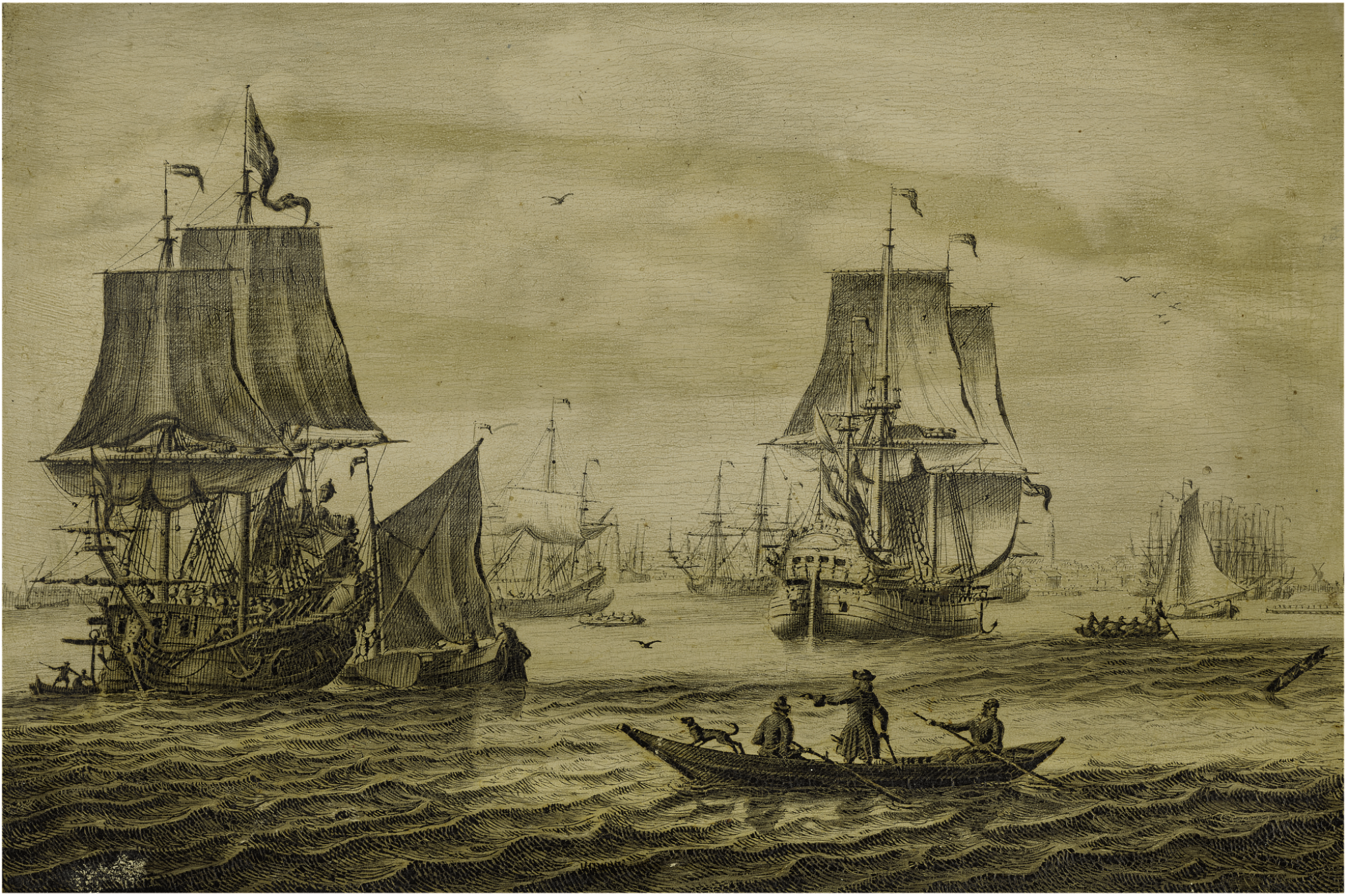
Adriaen van Salm was a notable Dutch draftsman and painter renowned for his marine art. His unique technique involved using a pen to apply India ink on cloth or pre-processed panels, creating detailed and vivid representations of the sea and its vessels. Van Salm was a multifaceted individual who, apart from his artistic endeavors, also engaged in teaching and later ventured into the drapery business. His contribution to the Guild of Saint Luke in Delft as a draughtsman member since 1706 underscores his recognition and respect in the artistic community.
Van Salm's legacy is further enriched by his influence on his son, Roelof van Salm, who not only followed in his father's footsteps by adopting the same intricate pen-painting technique but also specialized in similar thematic subjects, particularly ships and naval battles. This artistic tradition within the van Salm family highlights a shared dedication to capturing the essence of maritime life, which has been acknowledged and celebrated in various collections, including the marine painter Johannes Christiaan Schotel's collection.
Adriaen van Salm's works, including the expressive "Shipping on a Stormy Sea" and his detailed depictions of Dutch naval engagements and fleets, are cherished within maritime art collections. These pieces not only showcase his skill and creativity but also provide a window into the maritime culture and history of the Netherlands.
For collectors and experts in art and antiques, particularly those with an interest in maritime history and Dutch art, Adriaen van Salm's work represents a fascinating intersection of culture, history, and technical skill. His contributions to marine art, characterized by his unique ink on panel technique, continue to captivate and inspire appreciation for the richness of the Dutch maritime legacy.
To explore more about Adriaen van Salm's impactful work and stay informed about new discoveries or auction events related to his oeuvre, signing up for updates is a prudent step. This subscription is designed for enthusiasts keen on delving deeper into the fascinating world of maritime art and Dutch painting history, ensuring they remain abreast of relevant sales and scholarly insights.

Adriaen van Salm was a notable Dutch draftsman and painter renowned for his marine art. His unique technique involved using a pen to apply India ink on cloth or pre-processed panels, creating detailed and vivid representations of the sea and its vessels. Van Salm was a multifaceted individual who, apart from his artistic endeavors, also engaged in teaching and later ventured into the drapery business. His contribution to the Guild of Saint Luke in Delft as a draughtsman member since 1706 underscores his recognition and respect in the artistic community.
Van Salm's legacy is further enriched by his influence on his son, Roelof van Salm, who not only followed in his father's footsteps by adopting the same intricate pen-painting technique but also specialized in similar thematic subjects, particularly ships and naval battles. This artistic tradition within the van Salm family highlights a shared dedication to capturing the essence of maritime life, which has been acknowledged and celebrated in various collections, including the marine painter Johannes Christiaan Schotel's collection.
Adriaen van Salm's works, including the expressive "Shipping on a Stormy Sea" and his detailed depictions of Dutch naval engagements and fleets, are cherished within maritime art collections. These pieces not only showcase his skill and creativity but also provide a window into the maritime culture and history of the Netherlands.
For collectors and experts in art and antiques, particularly those with an interest in maritime history and Dutch art, Adriaen van Salm's work represents a fascinating intersection of culture, history, and technical skill. His contributions to marine art, characterized by his unique ink on panel technique, continue to captivate and inspire appreciation for the richness of the Dutch maritime legacy.
To explore more about Adriaen van Salm's impactful work and stay informed about new discoveries or auction events related to his oeuvre, signing up for updates is a prudent step. This subscription is designed for enthusiasts keen on delving deeper into the fascinating world of maritime art and Dutch painting history, ensuring they remain abreast of relevant sales and scholarly insights.
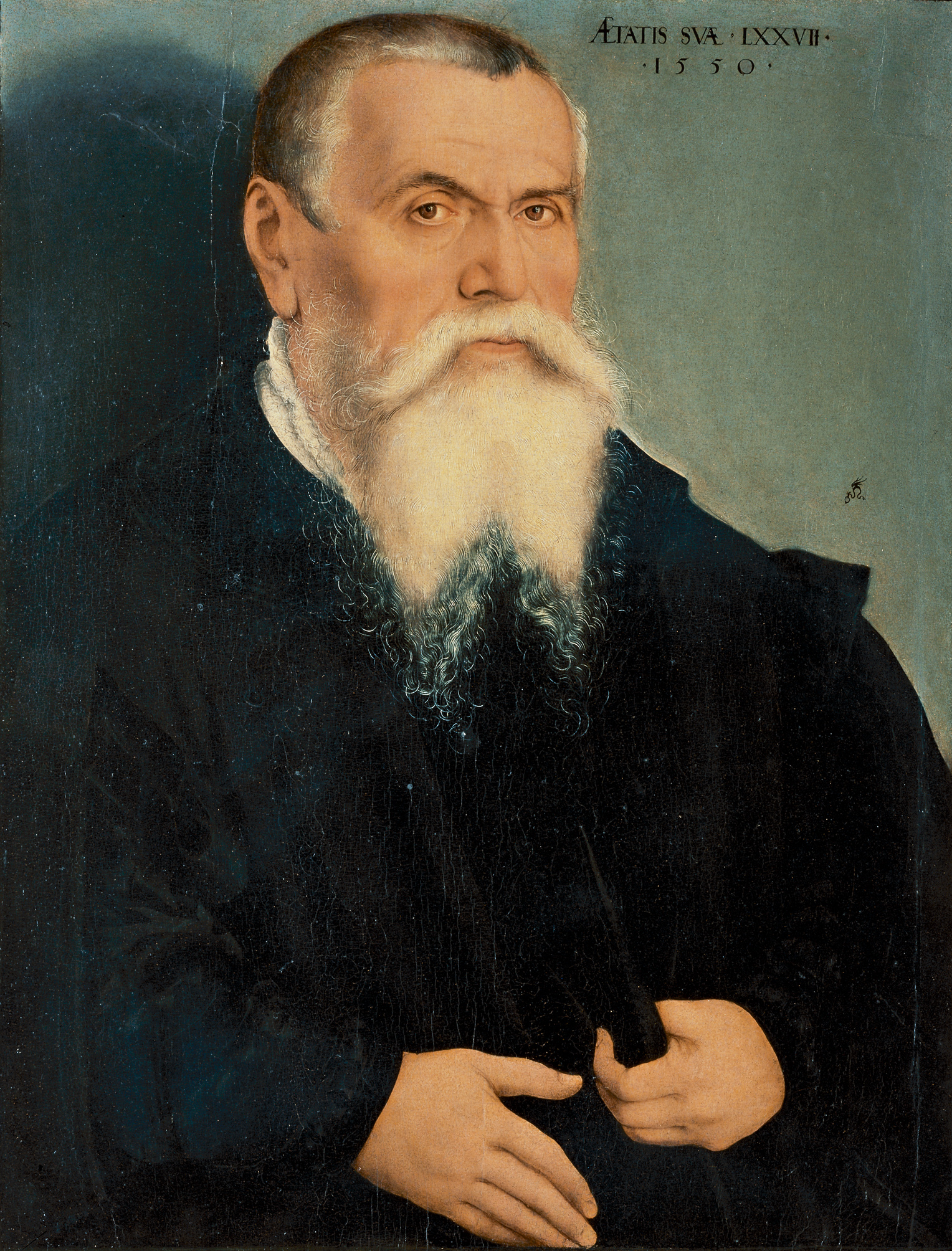
Lucas Cranach the Elder was a pivotal figure in German Renaissance art. As a leading painter of Saxony, his influence spanned across the 16th century, making significant contributions through his paintings, woodcuts, and engravings. His artistic journey began under the tutelage of his father, Hans Maler, and saw him becoming court painter to the Elector of Saxony, where he produced a vast array of works including altarpieces, court portraits, and notably, portraits of Protestant Reformers.
Cranach's artistry was not confined to any single genre. He was renowned for his portraits of the aristocracy, deeply symbolic religious paintings, and engaging mythological scenes. His ability to capture the essence of the Protestant Reformation, notably through his portraits of Martin Luther, showcases his close connection to the movement and his role as a key figure in conveying its ideals through art.
A significant part of Cranach's legacy is his workshop in Wittenberg, which was a hub of artistic production. This workshop produced numerous works that bore his distinctive winged serpent signature, a mark of quality and innovation in the art of the period. Cranach's workshop was known for its efficient operation, enabling the production of a large volume of works that catered to the high demand of his time.
For collectors and experts in art and antiques, Lucas Cranach the Elder's work represents an intriguing intersection of art, culture, and history. His contributions to Renaissance art and his unique portrayal of religious and mythological themes continue to captivate audiences, making his work highly sought after in the world of art collection.
To explore more about Lucas Cranach the Elder's fascinating contributions to art and to stay updated on new discoveries or auction events related to his works, consider signing up for specialized updates. This subscription is designed for enthusiasts keen on delving deeper into the rich tapestry of Renaissance art and history, ensuring they remain well-informed of relevant sales and scholarly insights.

Peter Paul Rubens was a distinguished Flemish Baroque painter, renowned for his dynamic, vibrant, and sensuous paintings. Born on June 28, 1577, in Siegen, Westphalia, Germany, Rubens' family moved back to Antwerp in the Spanish Netherlands (now Belgium) after his father's death. He was raised in his mother’s Roman Catholic faith and received a classical education. He began his artistic training in 1591 and later traveled to Italy, where he was profoundly influenced by Renaissance masters like Titian, Tintoretto, and Veronese. This experience significantly shaped his artistic style.
Rubens' art is celebrated for its emphasis on movement, color, and sensuality. He was particularly skilled in depicting religious and mythological scenes, portraits, and landscapes. Some of his notable works include "The Descent from the Cross" and "The Raising of the Cross," which are prime examples of Baroque religious art, showcasing his unique style that blended influences from Italian Renaissance and his own innovations.
Rubens was not just a painter but also a diplomat, serving at various European courts. He was knighted by both Philip IV of Spain and Charles I of England. His diplomatic missions often intertwined with his artistic endeavors, as seen during his travels to Spain and Italy. In addition to painting, he was involved in designing tapestries, prints, and book title-pages. He ran a large workshop in Antwerp, producing works that were popular with nobility and art collectors across Europe. His studio was in his home, the Rubenshuis, now a museum.
His influence extended to his students, notably Anthony van Dyck, and his collaborative works with other artists like Jan Brueghel the Elder. Rubens' work continued to be celebrated for its vitality and influence on the Baroque style, making him one of the most influential artists of his time.
For those interested in the work and life of Peter Paul Rubens, many of his works can be found in museums and galleries worldwide, including the National Gallery in London, which houses several of his paintings like "A View of Het Steen in the Early Morning" and "Minerva protects Pax from Mars ('Peace and War')".
To stay updated on new product sales, auction events, and more related to Peter Paul Rubens, sign up for our updates. We provide essential information tailored for collectors and experts in art and antiques, focusing on the magnificent work of Rubens and his enduring legacy in the world of art.
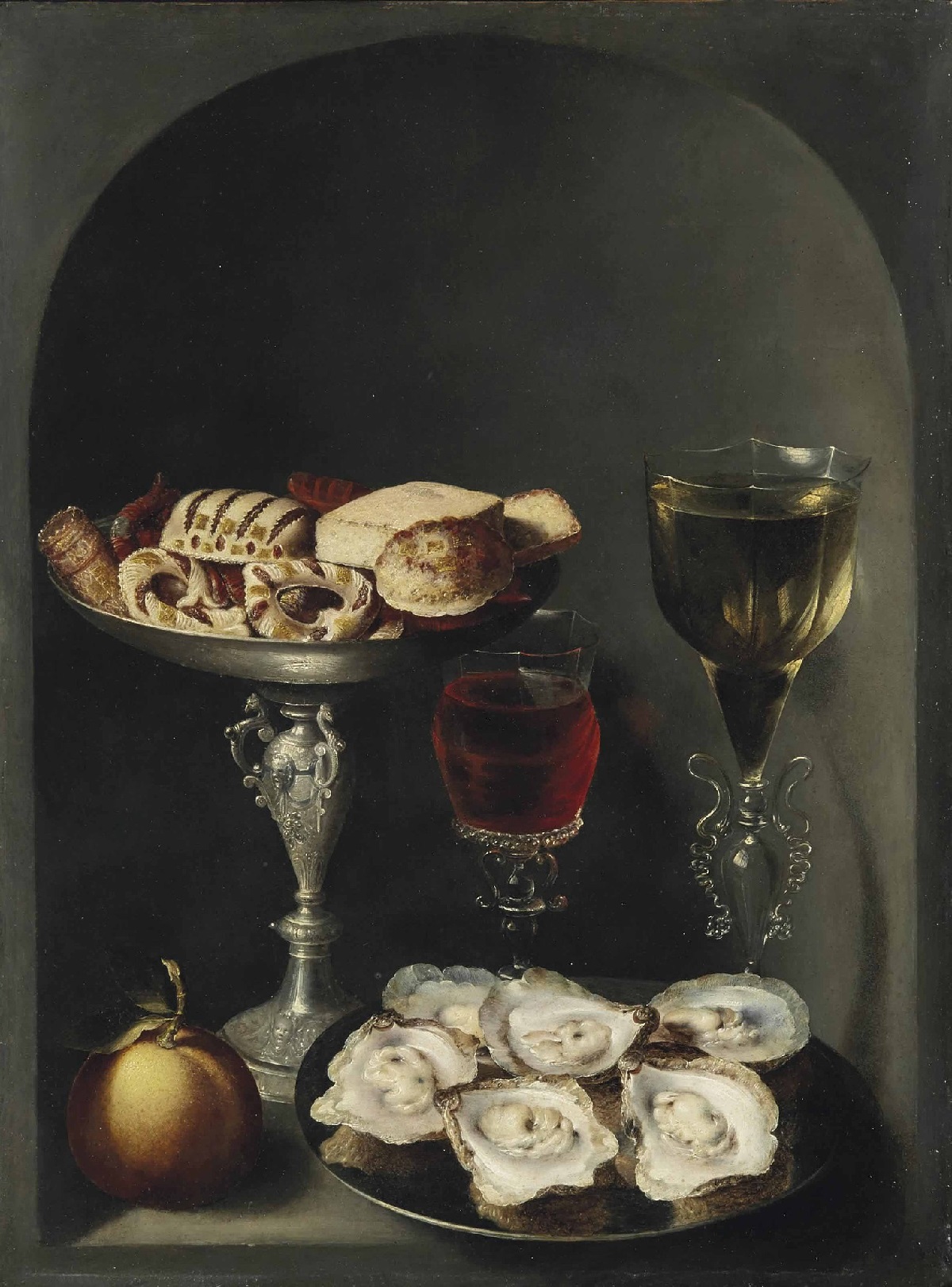
Osias Beert the Elder, a Flemish painter born around 1580 and active until his death in 1623, was a key figure in the development of still life painting in Northern Europe. His work, primarily focused on flower and banquet (or "breakfast") pieces, showcased a pioneering approach to these genres, setting a precedent for future artists.
Beert's technique involved painting on oak panels and copper, employing a glazing method that layered very fluid oil paints to achieve transparency and a rich color palette. This method allowed him to create still lifes that were not only visually appealing but also rich in detail and depth. He was known for his intricate compositions that often featured a high viewpoint and compact arrangements, providing a better sense of spatial coherence in his later works.
Despite the significant impact of his work, only a few signed pieces by Beert are known, making the attribution of his works challenging. His influence extended to his pupils and his nephew Frans Ykens, as well as other Antwerp artists such as Jacob Foppens van Es and Jacob van Hulsdonck, indicating his pivotal role in the early still life painting tradition in Flanders.
For collectors and experts in art and antiques, Osias Beert the Elder's contributions to the evolution of still life painting represent an essential chapter in the history of art. His ability to depict the transient beauty of flowers and the lavish detail of banquet scenes continues to captivate audiences and serves as a testament to his skill and creativity.
To delve deeper into the fascinating work of Osias Beert the Elder and to stay informed about new discoveries or auction events related to his oeuvre, consider signing up for updates tailored to enthusiasts of art history and antique collections. This subscription will ensure you are well-informed about the latest developments and opportunities related to this influential artist's work.
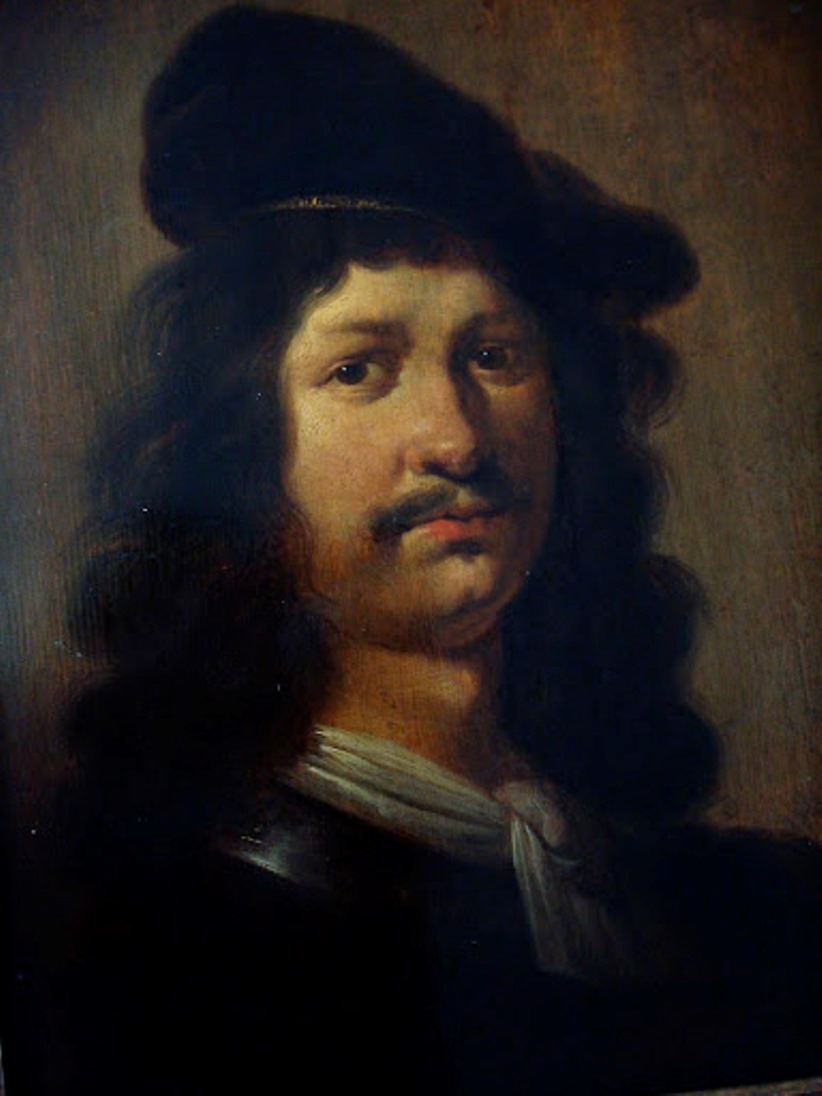
Jan Olis was a notable Dutch Golden Age painter, born in Gorinchem, Netherlands. His artistic journey began in 1632 when he joined the Dordrecht Guild of St. Luke, marking his official entry into the world of art. In addition to his painting career, Olis also dabbled in other professions; he was a wine seller and a teacher in the guild between 1632 and 1643. His life took an interesting turn when he moved to Heusden in 1651, where he held various council positions, eventually becoming the mayor in 1657 and a tax collector in 1670.
Olis' art primarily revolved around farm scenes, genre works, and merry companies, a style that resonated with the cultural and artistic norms of his time. His works are celebrated for their vivid portrayal of everyday life and social gatherings, which were typical subjects in the Dutch Golden Age of painting. Olis' paintings such as "Kitchen Interior" and "Elegant Company Playing Cards" showcase his talent in capturing the essence of social and domestic life with a keen eye for detail.
For collectors and experts in art and antiques, Jan Olis' works represent an important segment of Dutch Golden Age painting, a period renowned for its significant contribution to art history. His paintings not only reflect the cultural milieu of the 17th century Netherlands but also offer a window into the social customs and lifestyles of the time.
If you're intrigued by the works of Jan Olis and wish to stay updated on new product sales and auction events related to his art, signing up for updates is an excellent way to remain informed. This subscription service focuses solely on bringing the latest news about sales and auctions of Olis' works directly to you, without any extraneous information.
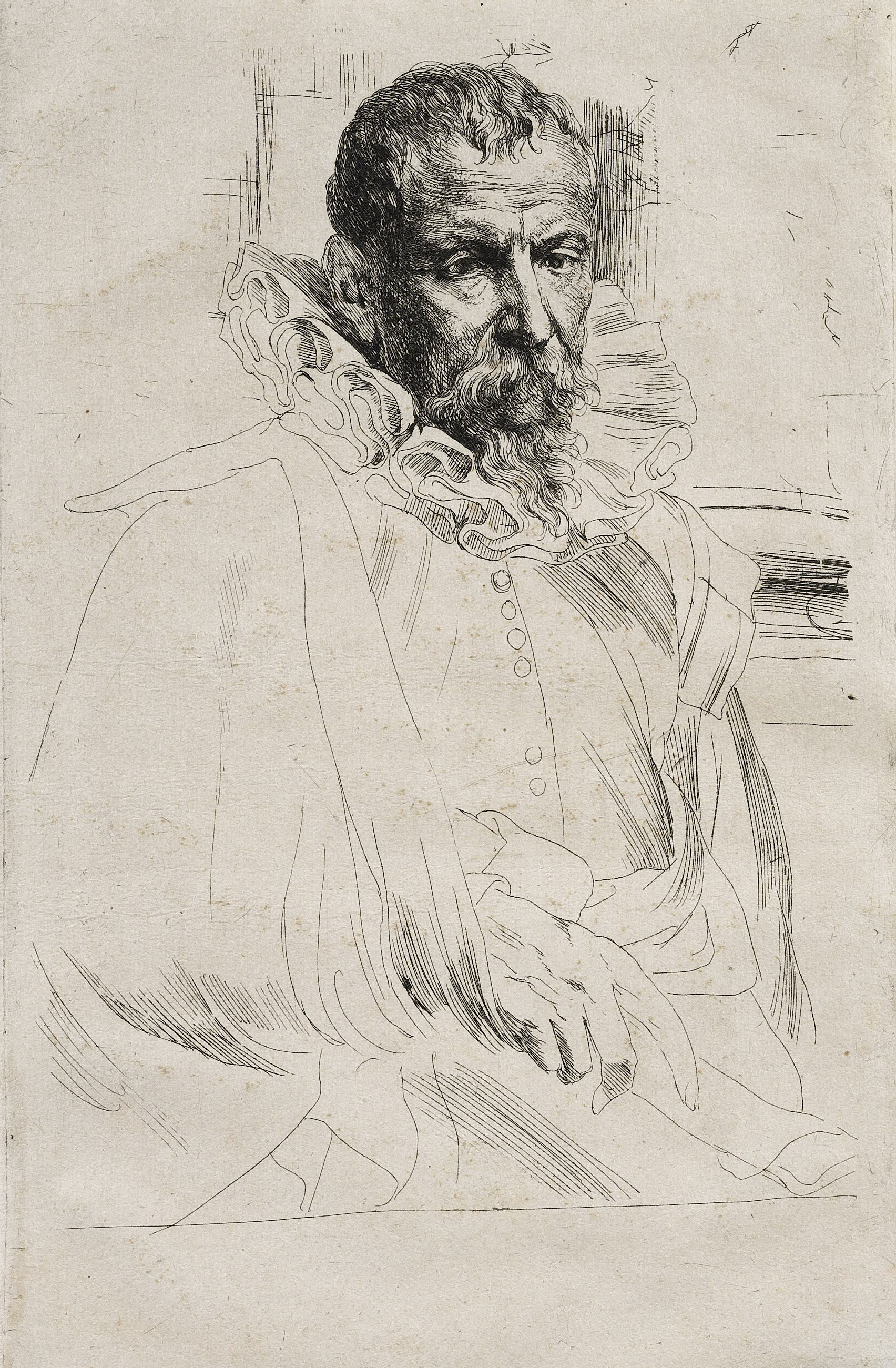
Pieter Brueghel the Younger was a Flemish artist celebrated for his detailed landscapes, religious themes, proverbs, and vibrant village scenes. Despite being the son of the illustrious Pieter Bruegel the Elder, Brueghel the Younger carved out his own niche in the art world, earning the moniker 'Hell Brueghel' for his dynamic scenes of fires and energetic copies of his father's peasant life portrayals.
Brueghel the Younger's original creations, such as "The Village Lawyer," showcase his keen observation of village life, merging the energy and boldness of 17th-century style with his father's idiom. His work is characterized by its lively, picturesque depiction of peasants, albeit some critics argue they lack the subtlety and humanism of his father's creations. Despite this, Brueghel the Younger's legacy includes a significant number of original works and copies that were rediscovered in the 20th century, highlighting his contribution to the Flemish painting tradition.
His workshop was known for its prolific output, especially in producing copies of Bruegel the Elder's compositions, a testament to the enduring popularity and influence of the Bruegel family's artistic legacy. However, Brueghel the Younger also impressed with his unique compositions, contributing to the genre of still life and village scenes with a distinct style that resonated well into modern times.
For collectors and experts in art and antiques, Pieter Brueghel the Younger's works represent an important period in Flemish art, offering insights into the evolution of genre painting and the detailed portrayal of rural life. His paintings, held in esteemed collections worldwide, continue to be studied and admired for their vibrancy, narrative quality, and historical value.
To explore more about Pieter Brueghel the Younger and to stay updated on sales and auction events related to his work, signing up for specialized updates can offer exclusive insights into the world of this influential Flemish painter. This subscription ensures enthusiasts and collectors are well-informed about developments related to Brueghel the Younger's oeuvre, enhancing their appreciation and understanding of his artistic legacy.
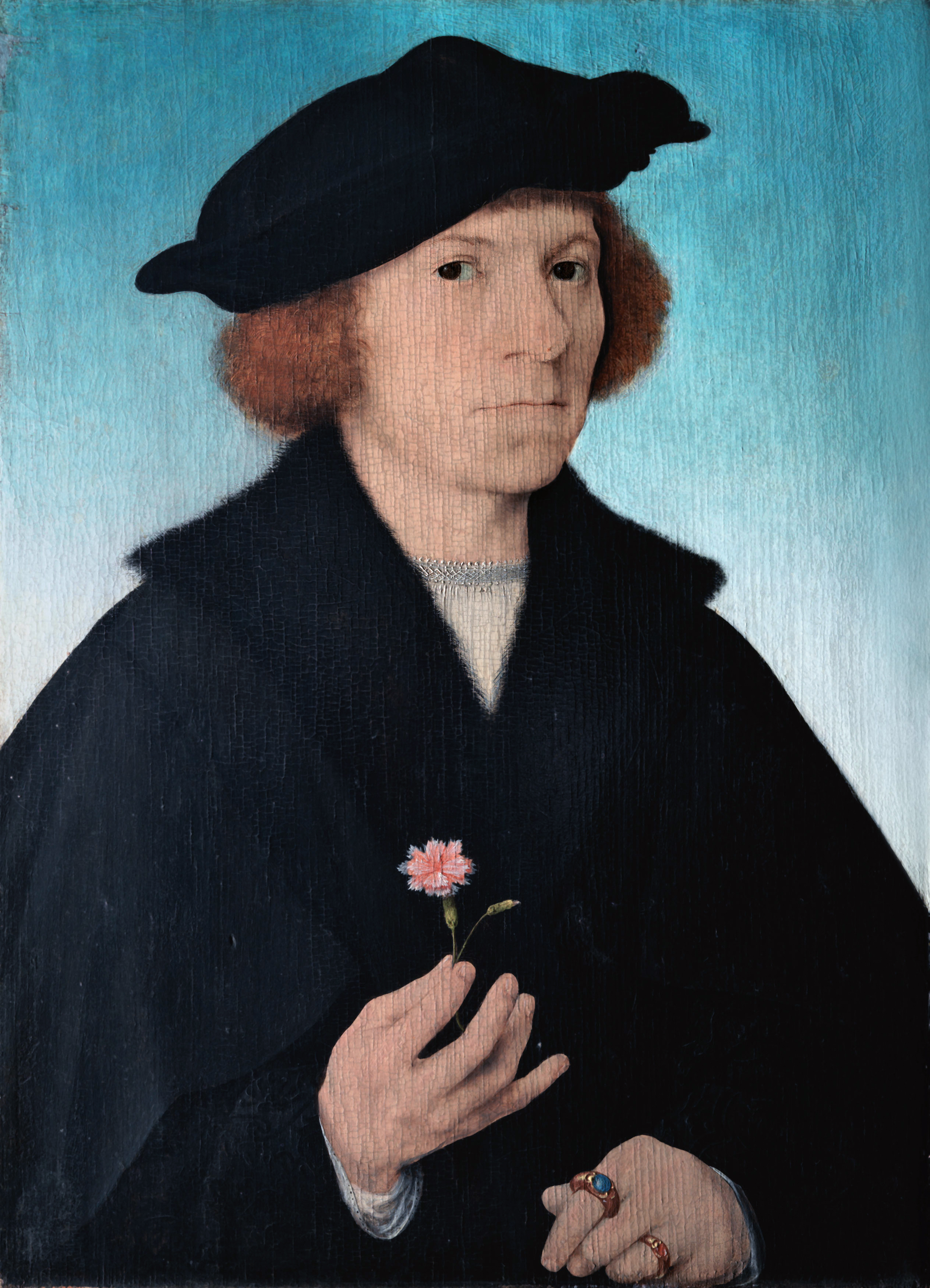
Joos van Cleve, also known by his real name Joos van der Beke, was a prominent Netherlandish painter, active mainly in Antwerp from about 1511 until his death in 1540 or 1541. His work predominantly centered around religious subjects and portraits, including notable commissions for the French King Francis I during his time at the French court. His artistic oeuvre reflects a blend of traditional Netherlandish painting techniques with contemporary Renaissance styles, showcasing his direct knowledge of local art combined with an awareness of Italian developments.
Van Cleve's work was characterized by its elaborate detail, particularly in his altarpieces which often incorporated portraits and landscapes, demonstrating his refined painting style. His success in Antwerp was significant, and he was also recognized at the French court, indicating his high regard as a portrait artist. Notably, Van Cleve had the opportunity to paint members of the royal court, including King Francis I and Queen Eleanor of Austria, underscoring his skills in portraiture.
His paintings are recognized for their sensitivity to color and a unique solidity of figures, with some works showcasing the popular style of Antwerp Mannerism. Van Cleve was an innovator in introducing broad world landscapes in the backgrounds of his paintings, a technique that became popular in sixteenth-century northern Renaissance paintings. Despite his contributions to the Renaissance art movement, Van Cleve also produced works that were highly eclectic, drawing on the styles of earlier Netherlandish masters as well as Italian influences, particularly in his use of sfumato, evident in his Virgin and Child compositions.
For art collectors and experts, Joos van Cleve's legacy offers a rich exploration into the transition from medieval to Renaissance art in Northern Europe. His body of work, found in prestigious collections such as the National Gallery in Prague, the Louvre, and the Royal Museums of Fine Arts of Belgium, remains a testament to his versatility and skill as a painter of both religious narratives and royal portraits.
To delve deeper into the fascinating world of Joos van Cleve and to stay informed about exhibitions or sales featuring his work, consider signing up for updates from art institutions and auction houses. This subscription will ensure you remain at the forefront of developments and opportunities related to this influential artist's oeuvre, enhancing your collection and understanding of Renaissance art.

Jan Dirksz Both was a distinguished Dutch painter, draughtsman, and etcher renowned for his pivotal role in the evolution of Dutch Italianate landscape painting. His journey into the arts began in Utrecht, learning from his father before becoming a pupil of Abraham Bloemaert. Both's career took a significant turn when he, alongside his brother Andries, ventured to Rome, absorbing the influence of Claude Lorrain and contributing to projects such as the Buen Retiro Palace in Madrid.
By the mid-1640s, Jan had returned to Utrecht, further honing his craft to produce expansive landscapes illuminated by a Mediterranean glow, notable for their mixture of realism in the foreground against idyllic backgrounds. Noteworthy pieces include "Landscape with Bandits Leading Prisoners" and "Judgement of Paris," showcasing his mastery in blending naturalistic details with mythological and religious figures. His landscapes, characterized by their golden light and imaginative vistas, earned him a place among the leading masters of the Italianate trend in Dutch landscape painting.
Jan Both's legacy is preserved in prestigious collections worldwide, including the Fitzwilliam Museum, the Hermitage, the Kunsthistorisches Museum, the Louvre, and the National Gallery, among others. His work reflects a significant Italian influence merged with his native Dutch sensibilities, marking him as a key figure in the 17th-century art scene.
For collectors and experts in art and antiques, Jan Dirksz Both's oeuvre offers a fascinating glimpse into the blend of Dutch and Italian influences that characterize the Italianate landscape painting tradition. His contributions not only enriched Dutch art but also provided a bridge between the Renaissance and Baroque periods, capturing the beauty of landscapes with a unique, poetic light.
To explore more about Jan Dirksz Both's contributions to art and to stay informed about exhibitions or sales featuring his work, signing up for updates from art institutions can offer exclusive insights into the world of this influential Dutch painter. This subscription ensures enthusiasts and collectors are well-informed about developments related to Both's oeuvre, enhancing their appreciation and understanding of his artistic legacy.
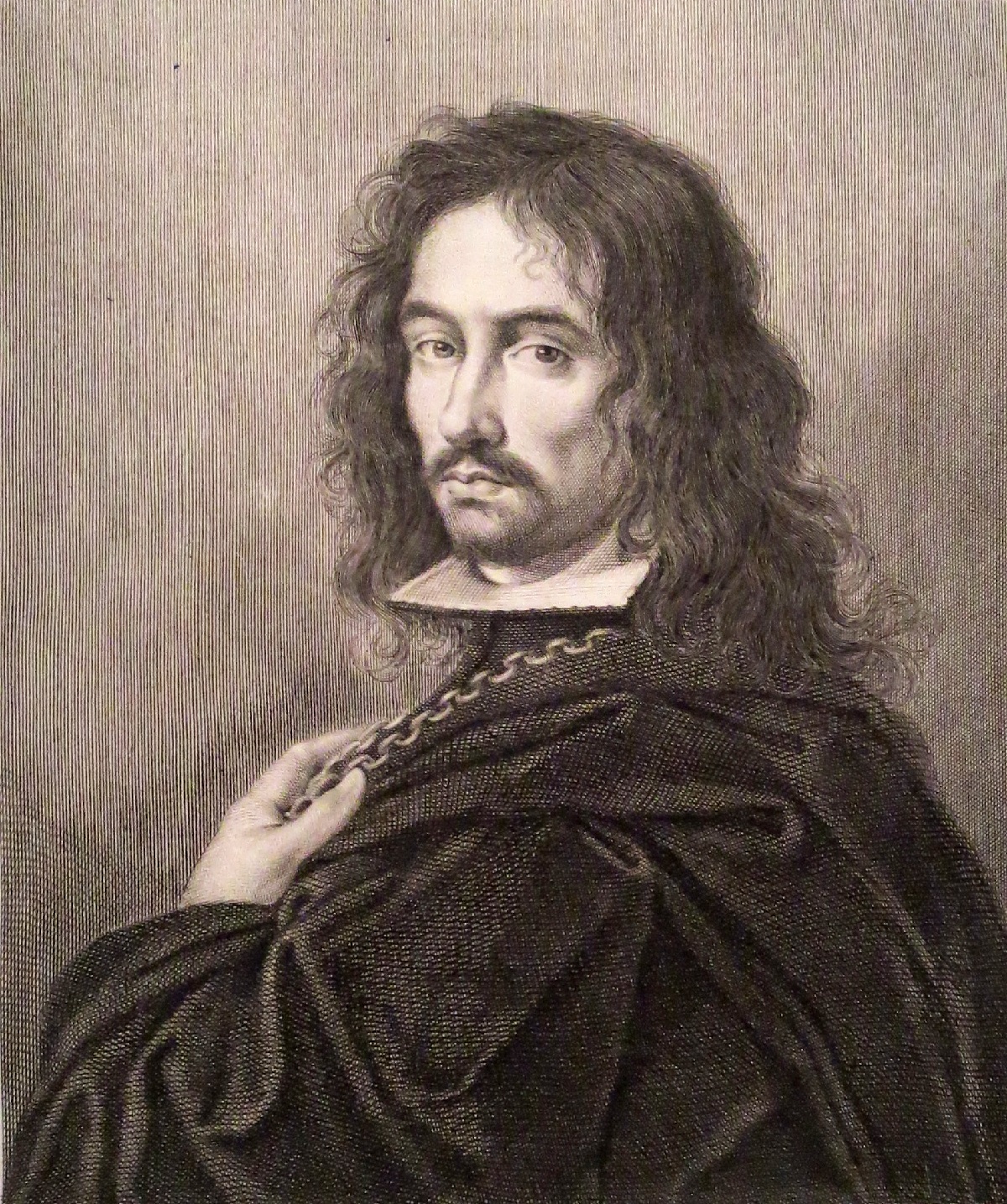
Luca Giordano, born on October 18, 1634, in Naples, emerged as the most celebrated Neapolitan painter of the late 17th century, known for his quick workmanship, which earned him the nickname "Luca Fa Presto" from his father's frequent admonitions to work quickly. His profound contribution to the development of Italianate landscape painting marked a significant chapter in art history.
Giordano's works are celebrated for their dynamic compositions, vibrant color palette, and the ability to infuse his subjects with vitality and emotion. His prolific career saw him working across Italy and Spain, leaving behind a legacy that includes monumental works such as the frescoes in the Palazzo Medici-Riccardi in Florence and the ceiling paintings in Santa Brigida Church in Naples. His late works, lighter and prefiguring the Rococo movement, were particularly influential and admired by later artists such as Fragonard.
Giordano's artistic prowess was not confined to a single genre; his oeuvre includes religious and mythological scenes, landscapes, and portraits. His versatility and ability to adapt his style to suit different subjects and patrons' preferences made him a pivotal figure in the transition from the Baroque to the Rococo style. Despite criticisms of superficiality due to his rapid execution, Giordano's work was fundamentally rooted in a deep understanding of his predecessors, combining the dramatic intensity of the Baroque with the emerging lighter Rococo aesthetic.
For collectors and experts in art and antiques, Luca Giordano's paintings represent a significant period in art history, bridging the gap between two major stylistic periods and reflecting the vibrant cultural exchanges of 17th-century Europe. His works, found in esteemed collections worldwide, continue to be studied and admired for their technical brilliance and artistic innovation.
To explore more about Luca Giordano's masterful contributions to the world of art and to stay updated on exhibitions or sales featuring his work, consider signing up for updates from art institutions. This subscription ensures enthusiasts and collectors are well-informed about developments related to Giordano's oeuvre, enhancing their appreciation and understanding of his enduring legacy.
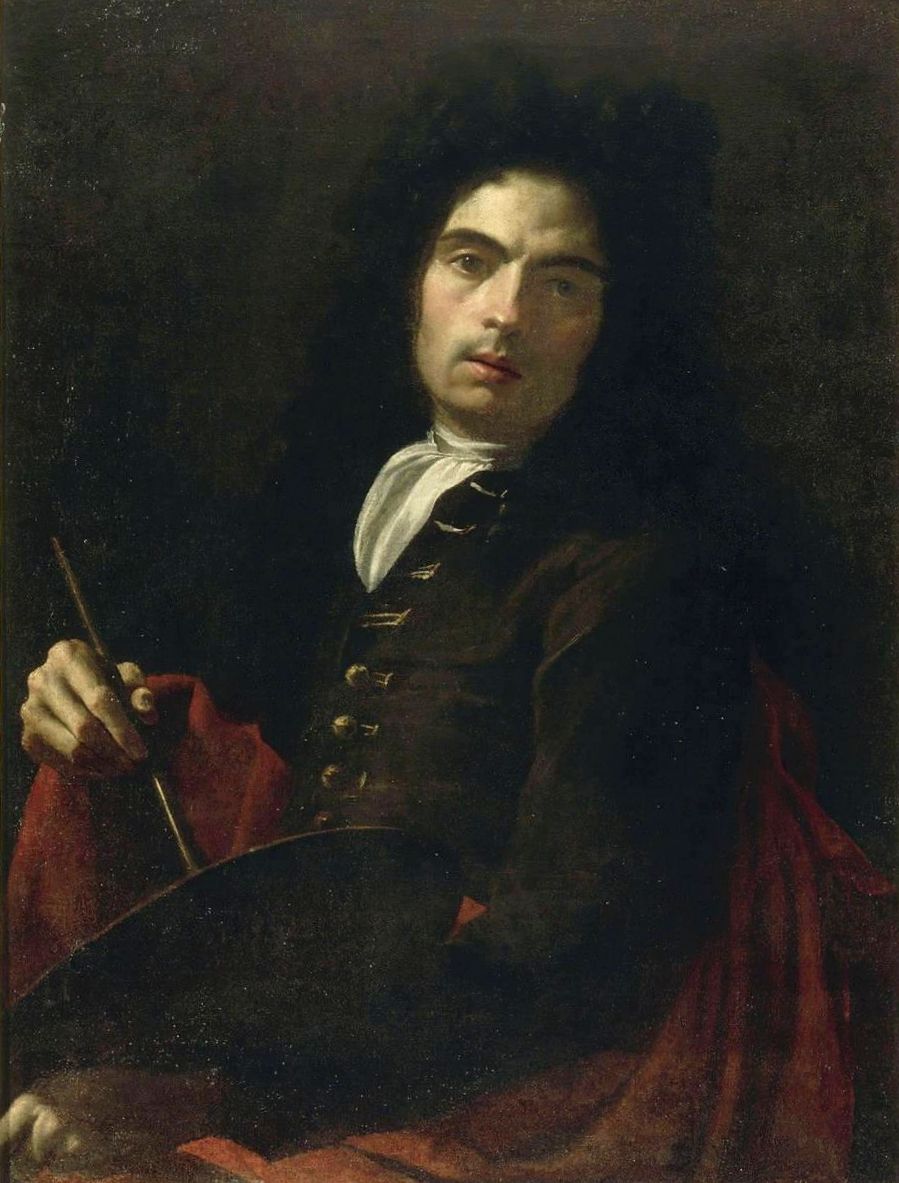
Corrado Giaquinto was a prominent Italian painter of the Rococo period. His journey into the arts took him from apprenticeships with local painters in his youth to a flourishing career across Italy and Spain. Giaquinto's early training under Saverio Porta and subsequent studies in Naples under Nicola Maria Rossi and Francesco Solimena honed his skills in the Neapolitan painting tradition. By the time he moved to Rome in 1727, his style had matured, leading to collaborations on significant projects and solo commissions that showcased his mastery of the Rococo style.
Giaquinto's work is known for its vibrant colors, dynamic compositions, and the integration of classical and religious themes, reflective of the Rococo spirit. His frescoes and oil paintings, such as "The Penitent Magdalen" and "Medea Rejuvenating Aeson," are celebrated for their technical brilliance and emotional depth, housed in prestigious museums like the Metropolitan Museum of Art in New York and the Louvre Museum in Paris. His significant contribution to the art world extends to his role as a court painter in Madrid, where he influenced the Spanish art scene profoundly during his tenure from 1753 to 1761.
For collectors and experts in art and antiques, Giaquinto's oeuvre offers a fascinating glimpse into the opulence and elegance of 18th-century Rococo art. His ability to blend dramatic narratives with delicate details makes his work a study in the balance between grandeur and grace, marking him as a key figure in the transition from the Baroque to Rococo styles.
To explore more about Corrado Giaquinto's influential work and to stay informed about exhibitions or sales featuring his art, signing up for updates from art institutions can provide exclusive insights into the world of this illustrious Rococo painter. This subscription is tailored for enthusiasts keen on delving deeper into the rich tapestry of 18th-century European art, ensuring they remain abreast of relevant developments and opportunities related to Giaquinto's legacy.
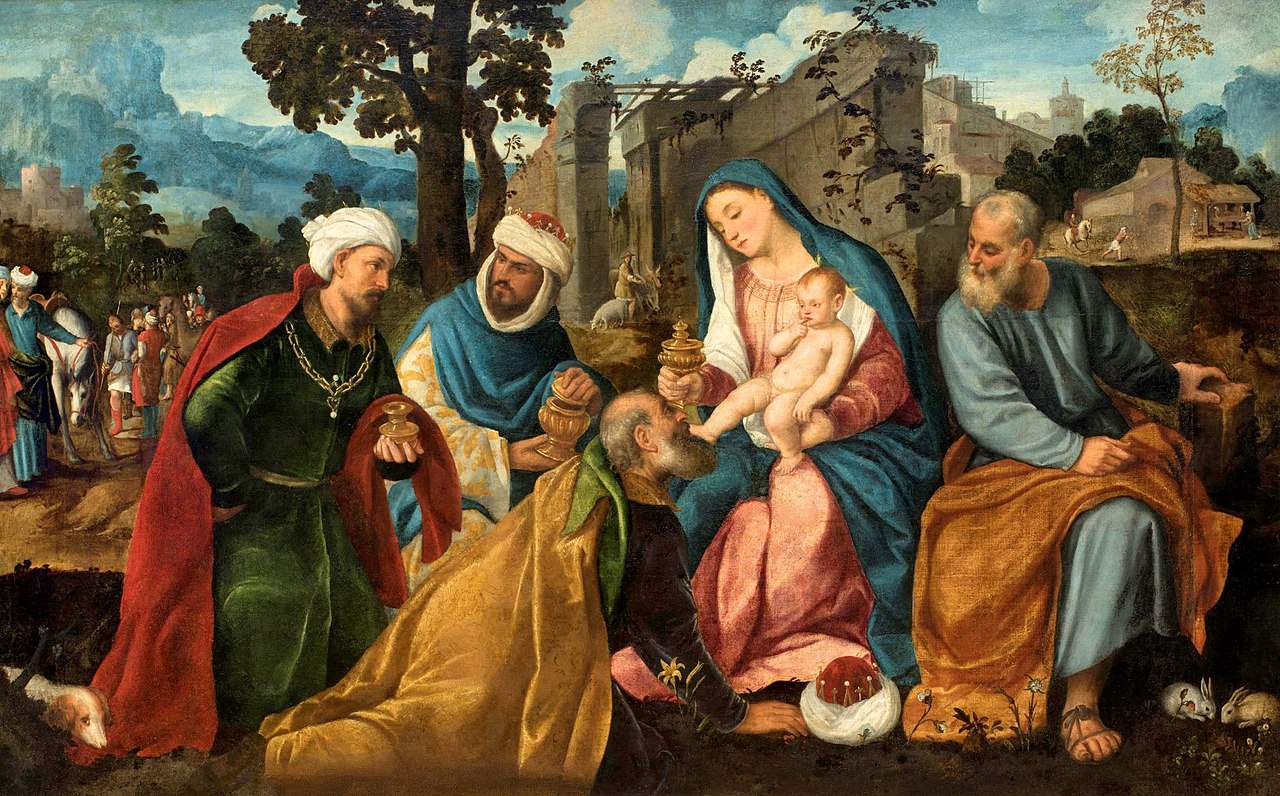
Bonifacio Veronese, a Venetian painter born in 1487 and active until his death in 1553, was a masterful exponent of the High Renaissance style. His work, deeply rooted in the rich art and culture of Venice, exemplified the era's fascination with color, light, and religious themes.
Bonifacio's paintings are celebrated for their vivid portrayal of religious narratives, often infused with a sense of grace and serenity. His use of vibrant colors and ability to create depth and emotion through his characters set him apart from his contemporaries. One of his notable works, the "Virgin and Child with Saints," showcases his skill in composition and his delicate treatment of figures and landscapes.
His contributions to Venetian painting were significant, helping to shape the course of art history during a period teeming with artistic innovation. Bonifacio's works, found in various museums and galleries, offer a glimpse into the artistic fervor that characterized Venice during the Renaissance.
For collectors and connoisseurs, Bonifacio Veronese's art represents a pivotal chapter in the history of painting. His mastery in depicting religious themes with a unique blend of realism and emotion makes his works a valuable addition to any collection.
To stay informed about upcoming sales and auction events featuring Bonifacio Veronese's works, sign up for our updates. This service ensures you receive timely information on new acquisitions and opportunities to add to your collection, focusing exclusively on Bonifacio Veronese's art.
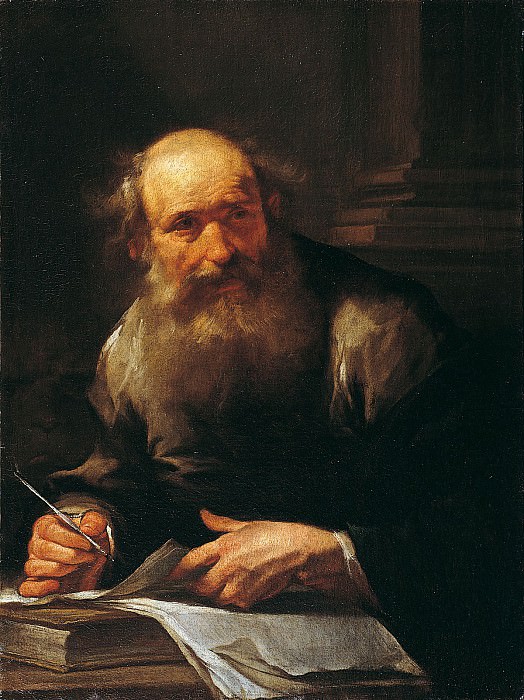
Gioacchino Assereto was a prominent Italian Baroque painter, celebrated for his dramatic and emotionally charged works that often depicted religious and historical subjects. Born in Genoa in 1600, Assereto's early career was marked by his apprenticeship with Luciano Borzone and Giovanni Andrea Ansaldo, which laid the foundation for his development as an artist. His paintings are known for their vibrant light effects and dynamic compositions, a style significantly influenced by Caravaggio during Assereto's brief visit to Rome in 1639. This influence is evident in his masterful use of chiaroscuro and sfumato techniques, which added depth and realism to his works.
Assereto's oeuvre includes powerful pieces like "The Lamentation," notable for its intense shadows and dramatic portrayal of Christ's body, and "The Torture of Prometheus," a work that showcases his later years' shift towards more emotional and theatrical compositions. His "Death of Cato" and "Ecce Homo" further illustrate this evolution, moving from refined styles to bold, expressive techniques that emphasize violent emotions through the dramatic effects of light.
Throughout his career, Assereto's works were highly regarded, with contemporary Genoese biographer Raffaele Soprani praising him as incomparable. His paintings can be found in significant collections, including the Musei di Strada Nuova in Genoa, the Cummer Museum of Art and Gardens, and the National Gallery in London. Assereto's legacy extends beyond his lifetime, with his son Giuseppe Assereto and others producing many copies of his work, ensuring the endurance of his artistic influence.
For art collectors and experts, Assereto's work embodies the Baroque spirit with its emotional intensity and technical mastery. His ability to convey deep psychological tension and his innovative use of lighting make his paintings a valuable study in the evolution of Baroque art.
If you're passionate about Baroque painting and interested in staying updated on sales and auction events related to Gioacchino Assereto's works, consider signing up for updates. This subscription will ensure you're informed about new opportunities to acquire pieces by this master of the Baroque period, enriching your collection with the depth and drama of Assereto's art.
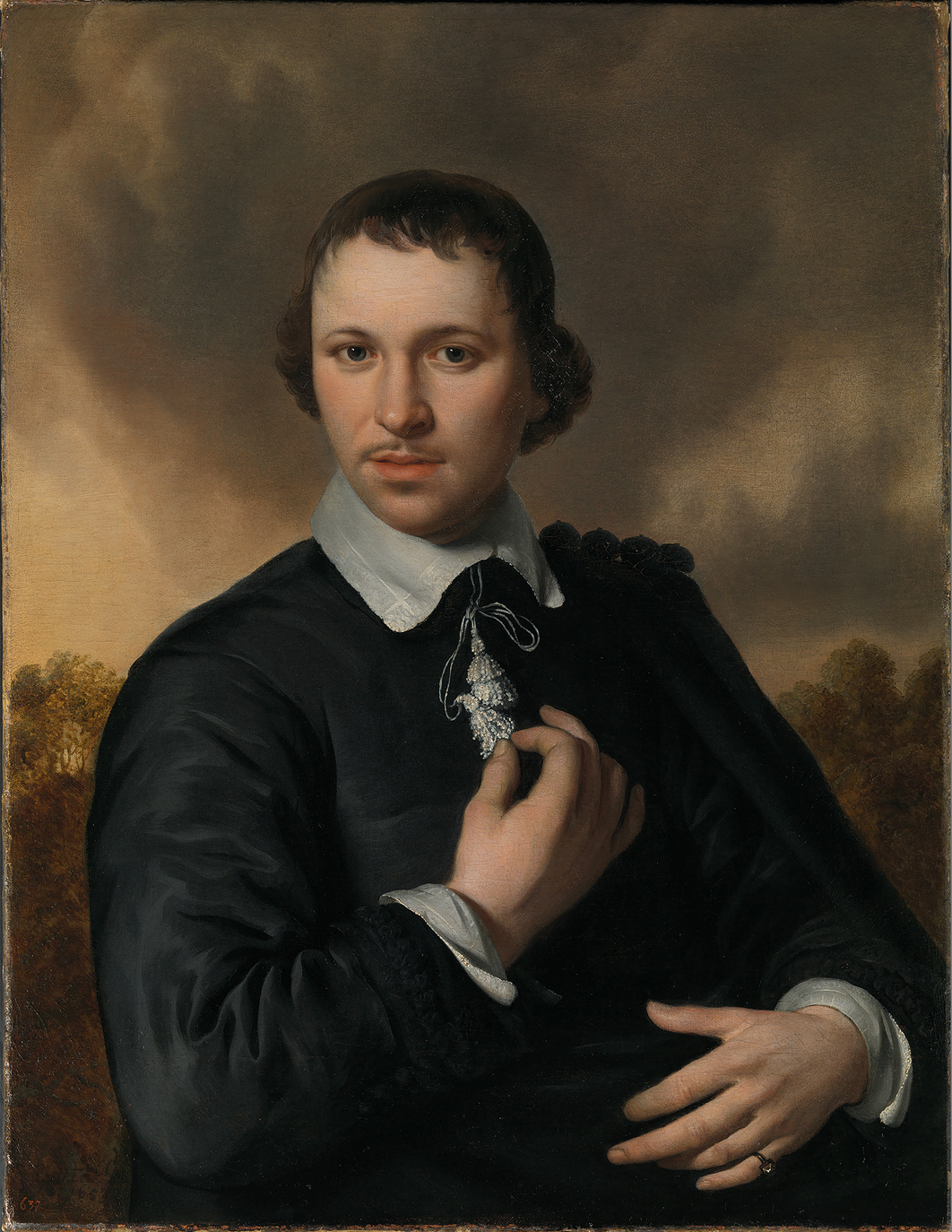
Jan van de Cappelle, a Dutch Golden Age painter, is celebrated for his serene maritime scenes and winter landscapes, marking him as a distinguished figure in 17th-century Dutch art. Born in Amsterdam in 1626 to a prosperous dyer, van de Cappelle was largely self-taught, drawing inspiration from Simon de Vlieger, a notable influence in his development as an artist. Despite his primary engagement in his family's dyeing business, van de Cappelle dedicated himself to painting, creating tranquil estuary, river, and calm water scenes, alongside approximately forty winter landscapes. His works are characterized by their meticulous depiction of light and atmosphere, capturing the peaceful essence of maritime life with an unparalleled subtlety.
Van de Cappelle's artistry extended beyond his canvas; he amassed an impressive art collection, including works by Rembrandt and Frans Hals, showcasing his deep appreciation and understanding of art. This collection, one of the era's largest, featured over 200 paintings and some 7,000 drawings, reflecting his keen interest in marine painting and winter landscapes. Notably, his collection was rich with works from significant artists of his time, illustrating van de Cappelle's influential role both as an artist and a collector.
Despite his success, van de Cappelle's contributions were somewhat overlooked in contemporary biographies, possibly due to the period's undervaluation of marine, landscape, and still life painting. However, his influence on marine and winter subject painters, including Willem van de Velde the Younger and Hendrick Dubbels, underscores his lasting impact on the art world.
Van de Cappelle's works are preserved in prestigious institutions, such as the National Gallery in London and the Metropolitan Museum of Art in New York, allowing his serene and detailed visions of calm waters and Dutch vessels to continue captivating viewers and influencing artists worldwide.
For collectors and experts in art and antiques, Jan van de Cappelle's legacy offers a rich exploration of the Dutch Golden Age's maritime and landscape painting. His mastery in depicting the tranquil beauty of the sea and his significant art collection reflect a profound dedication to the arts, making his works highly prized and revered.
To stay informed about new discoveries, sales, and auction events related to Jan van de Cappelle's works, signing up for updates is advisable. This subscription ensures exclusive access to the latest on this masterful Dutch Golden Age painter, enriching collections with the serene beauty of his maritime scenes.
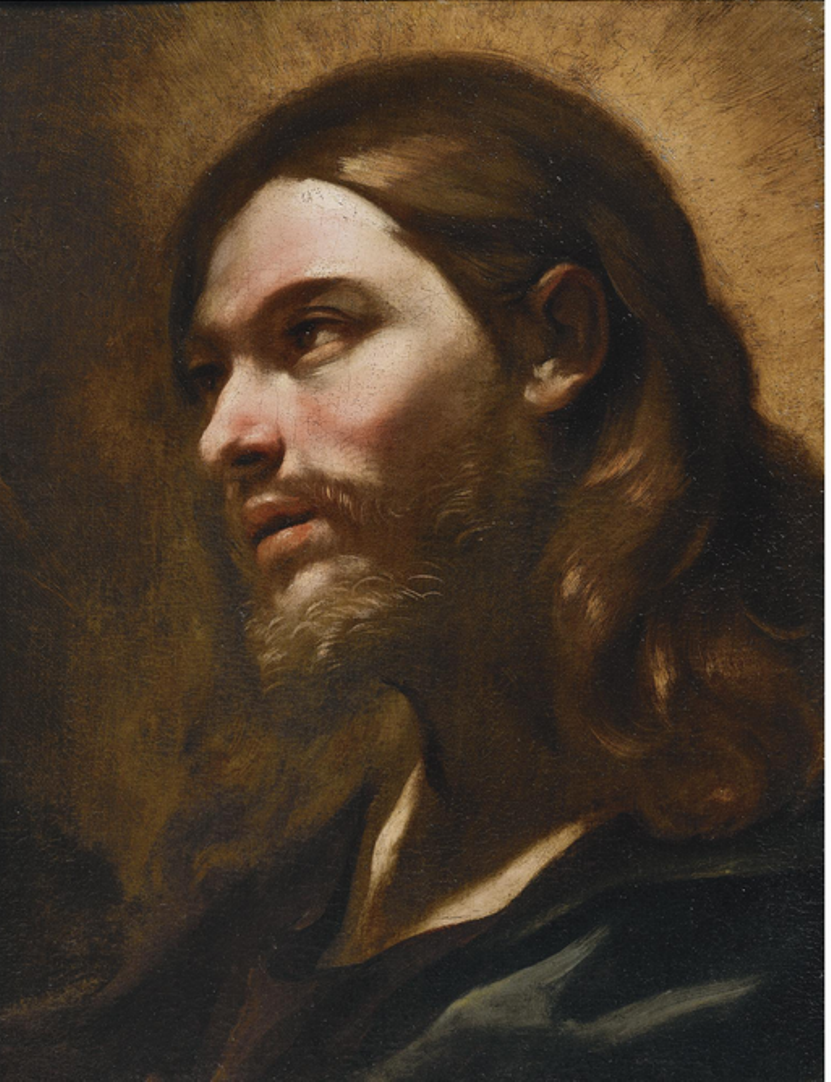
Giovanni Battista Beinaschi, an Italian painter and fresco artist of the Baroque era, was born in 1636 and left an indelible mark on the art world before his death in 1688. Renowned for his dynamic compositions and vibrant use of color, Beinaschi's work epitomizes the grandeur and emotive power of Baroque art, reflecting the period's cultural and artistic aspirations.
Beinaschi's contributions to art are notable for their intricate details, dramatic use of light and shadow, and the emotional intensity of the figures portrayed. His mastery in fresco and oil painting allowed him to create expansive religious narratives and intimate portraits alike, each brimming with life and depth.
Among his celebrated works, those housed in esteemed museums and galleries across Europe serve as testaments to his skill and creativity. Beinaschi's frescoes, in particular, are admired for their architectural harmony and the seamless integration of figures into their surroundings, showcasing his innovative approach to spatial composition.
For collectors and experts in art and antiques, Giovanni Battista Beinaschi's paintings are more than just visual delights; they are windows into the soul of the Baroque period. His ability to convey complex emotions and spiritual themes through art makes his works highly sought after and revered in the history of painting.
If you wish to delve deeper into the world of Baroque art and explore the genius of Giovanni Battista Beinaschi, consider signing up for updates. This subscription will keep you informed about new discoveries, sales, and auction events related to Beinaschi's works, ensuring you never miss an opportunity to appreciate or acquire pieces by this exceptional artist.
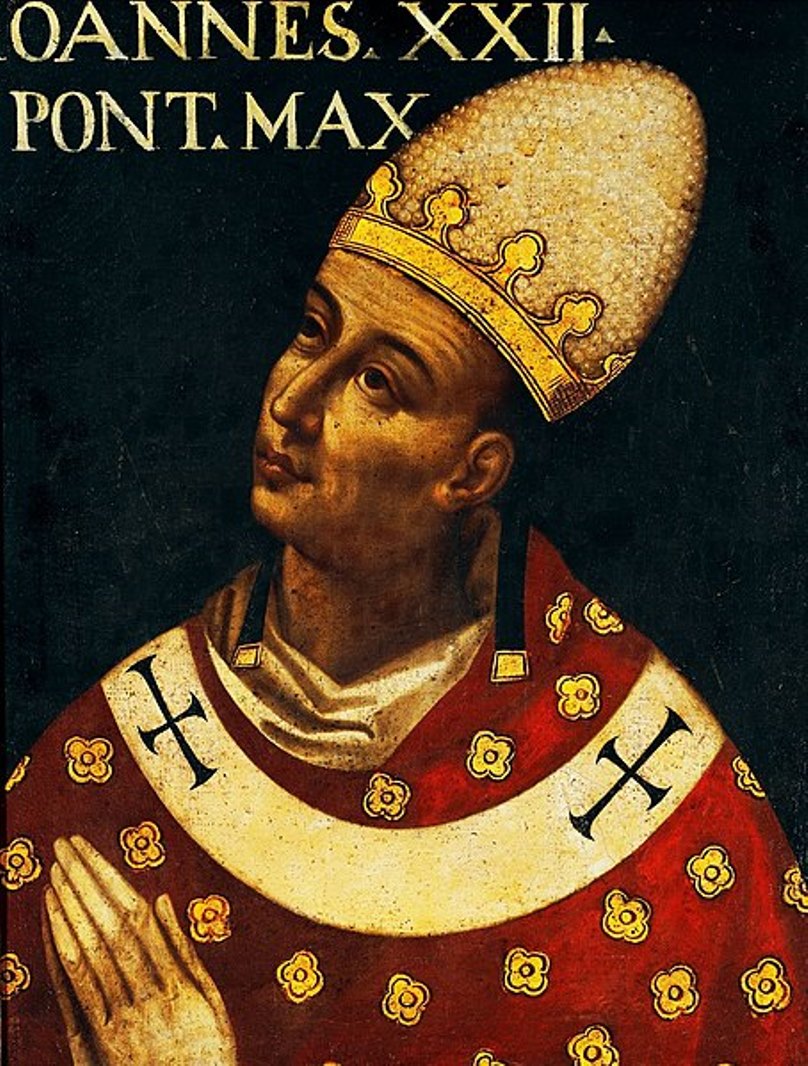
Giuseppe Franco, an Italian painter active between 1565 and 1628, remains an enigmatic figure in the rich tapestry of art history. Known by various names, including Giuseppe Franchi, Giuseppe Monti, and Giuseppe dalle Lodole, his diverse monikers reflect the multifaceted nature of his work and the period's artistic fluidity.
Rooted in the transition from the Renaissance to the Baroque, Franco's artistry is characterized by its dynamic compositions and emotional intensity. While specific details of his oeuvre are less documented, his known works suggest a mastery of form and color, embodying the evolving styles of his time. Franco's paintings, presumably found in Italian churches and private collections, would offer a glimpse into the religious and cultural narratives prevalent during his lifetime.
Franco's contributions to art and culture are significant for their historical context and the light they shed on the period's aesthetic developments. His style, indicative of the early Baroque's emerging vibrancy, would have played a role in the transition from the classical harmony of the Renaissance to the expressive drama of the Baroque.
For collectors and experts in art and antiques, Giuseppe Franco's works represent a fascinating puzzle piece of history, bridging gaps between known artistic milestones. His paintings, if extant, would be prized not only for their beauty but also for their historical value, offering insights into the era's shifting paradigms.
To explore the mystery and beauty of Giuseppe Franco's art and to stay informed about potential discoveries, sales, and auction events related to his work, signing up for updates is recommended. This subscription ensures direct access to the latest information, catering specifically to enthusiasts of historic art and antiques.
.jpg)
Bernardo Daddi, an Italian painter born in the late 13th century, emerged as a pivotal figure in the early Renaissance, particularly within the Florentine school of painting. Operating in Florence between 1280 and 1348, Daddi's oeuvre is renowned for its devout spiritual essence and the delicate finesse of its execution, marking a significant departure from the Byzantine traditions that dominated the era.
Daddi's art is distinguished by its intimate scale, refined attention to detail, and vibrant narrative compositions, which were primarily religious in nature. His works are celebrated for their clarity, color, and emotional depth, contributing to the evolution of painting during a period rich in cultural and artistic exploration. Among his notable contributions, the "Madonna and Child" triptychs and frescoes in Florence stand as testaments to his skill and spiritual devotion.
Bernardo Daddi's influence extended beyond his lifetime, setting the stage for the blossoming of Renaissance art. His paintings, housed in prestigious museums and churches, offer a window into the soul of 14th-century Italy, reflecting the period's complex interplay between faith, art, and society.
For collectors and art history aficionados, Daddi's works represent not just aesthetic achievements but also historical artifacts that capture the essence of an era on the cusp of the Renaissance. His legacy, embedded in the fabric of Italian art history, continues to inspire and captivate those who seek to unravel the origins of Renaissance painting.
Intrigued by Bernardo Daddi's mastery and his contribution to the dawn of the Renaissance? Sign up for updates to stay informed about the latest sales, exhibitions, and auction events featuring his work. This subscription is your gateway to the world of art collecting, offering exclusive insights into opportunities to own a piece of history.
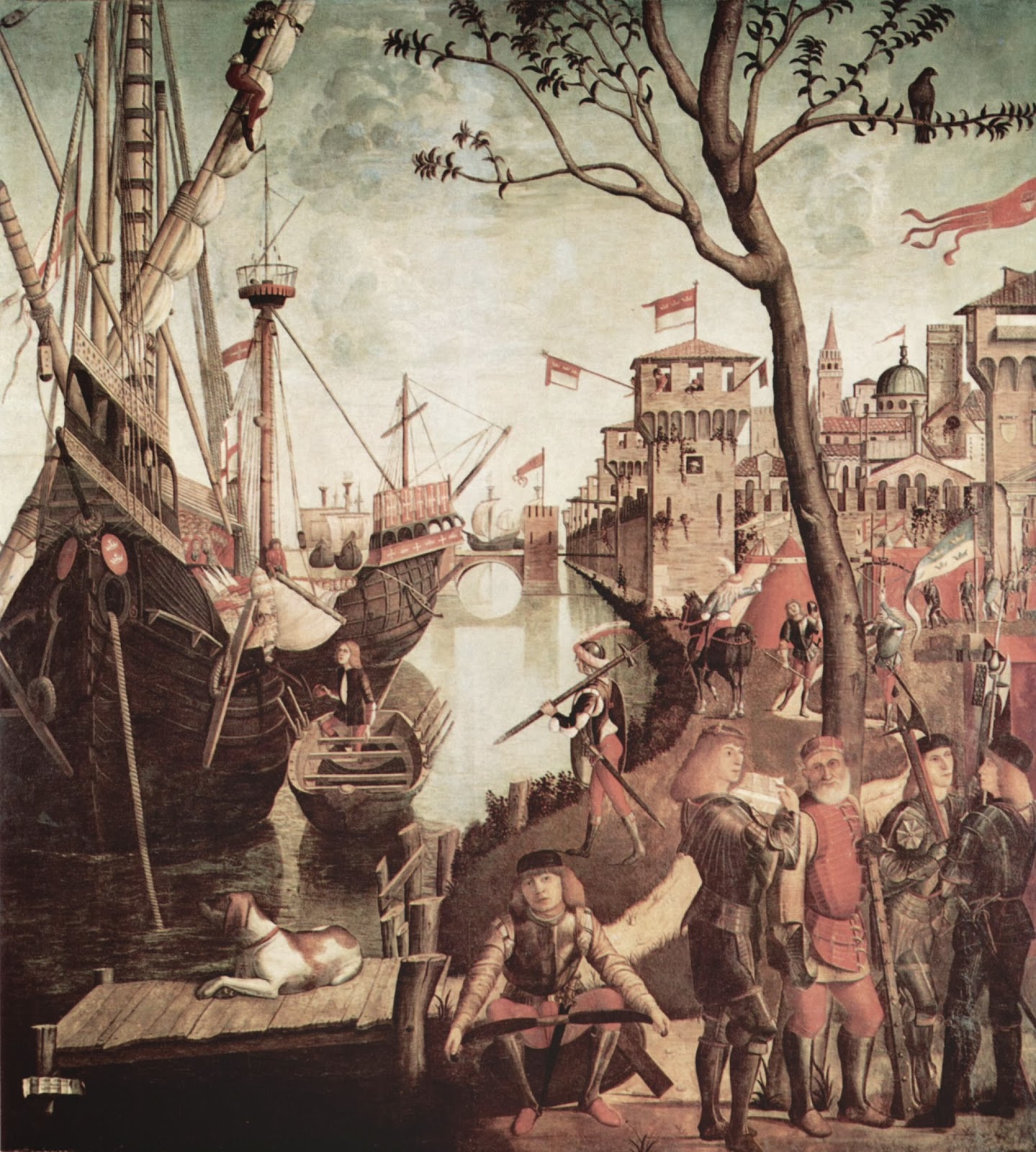
Vittore Carpaccio, an illustrious Italian painter, was a master of narrative storytelling and vivid detail, flourishing in Venice between 1465 and 1526. His specialization in religious and historical scenes set him apart, with a particular knack for infusing life and emotion into every brushstroke. Carpaccio's work exemplifies the Venetian School's richness, noted for its deep colors and intricate details that capture the viewer's imagination.
Carpaccio is renowned for his ability to weave intricate narratives through his paintings, often depicting scenes from the lives of saints with both devotion and a keen eye for daily Venetian life. His works are celebrated for their meticulous attention to architectural and costume details, offering a window into the Renaissance period's social and cultural contexts.
Among his known masterpieces, the cycle of paintings dedicated to the legend of Saint Ursula in the Scuola di San Giorgio degli Schiavoni in Venice stands as a testament to his narrative prowess and technical skill. These works, alongside others housed in prestigious galleries worldwide, underscore Carpaccio's significant contribution to the art world, making him a subject of admiration among collectors and art historians alike.
For those fascinated by the splendor of the Renaissance and the beauty of Venetian artistry, Vittore Carpaccio's oeuvre offers a rich tapestry of historical and religious narratives brought to life through his exceptional talent. His legacy continues to inspire and captivate, embodying the essence of one of the most vibrant periods in art history.
To delve deeper into the world of Vittore Carpaccio and stay informed about upcoming sales, exhibitions, and auction events featuring his work, signing up for updates is your gateway to the exclusive circle of Renaissance art enthusiasts. This subscription is a commitment to keeping you at the forefront of new discoveries and opportunities to enrich your collection with pieces by this Venetian master.
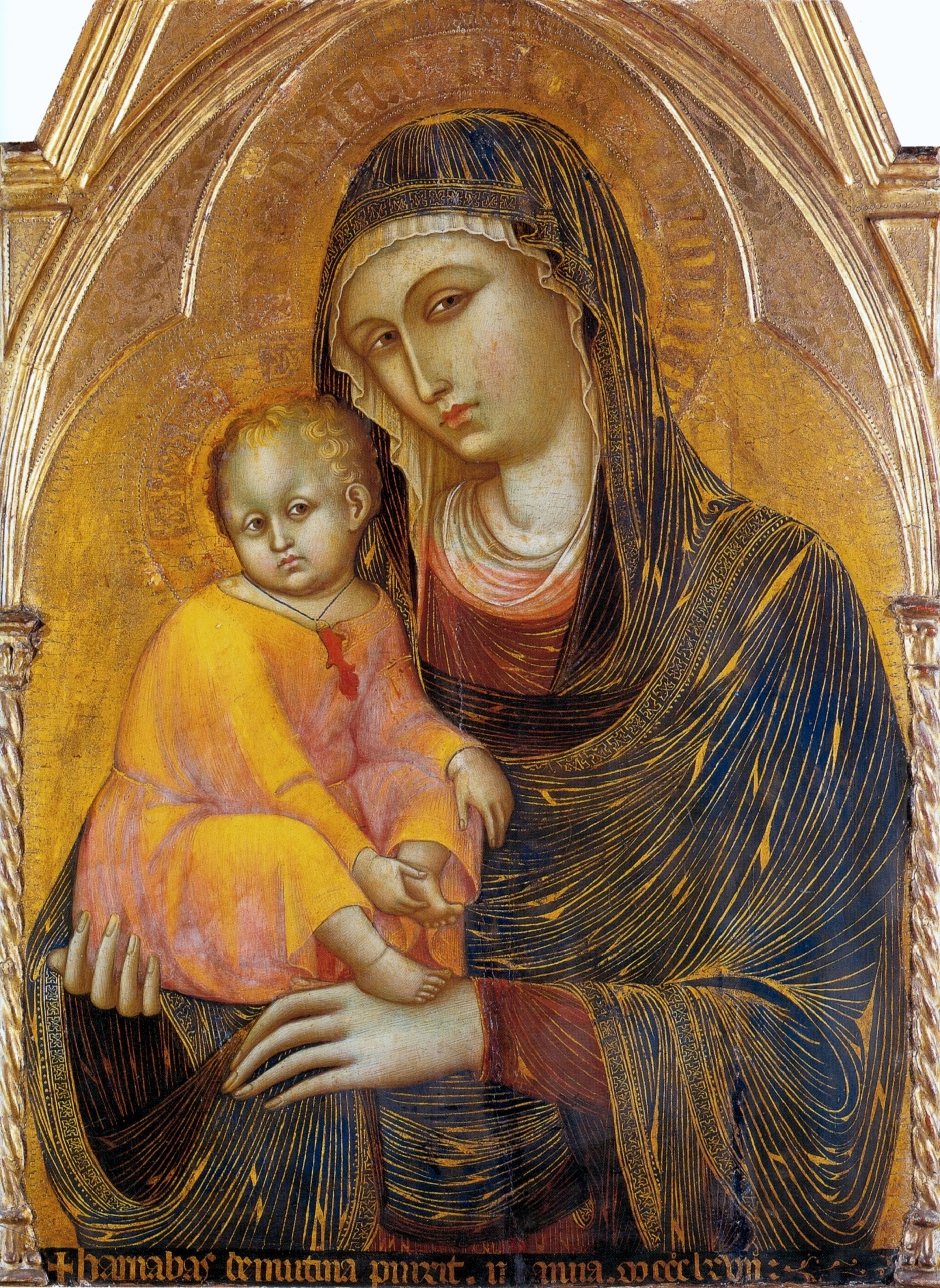
Barnaba da Modena, born Barnaba Agocchiari, was an influential Italian painter from Modena who played a pivotal role in the art scene of mid-14th-century Italy. His work is renowned for embodying the Byzantine art style, making him the first notable Lombard painter. Throughout his career, Barnaba was predominantly active in Lombardy, Piedmont, and even ventured into Pisa in Tuscany, showcasing his diverse geographical influence.
Barnaba's painting style was deeply rooted in Byzantine traditions, characterized by the use of gold highlights and golden backgrounds. He was adept at creating compositions that adhered to the older, more traditional styles of painting, which remained exceedingly popular in Genoa. This adherence to Byzantine painting techniques contributed significantly to his success in Genoa, as it resonated with the stylistic preferences of the time. His work often featured religious themes, executed with a depth of feeling and a refined technique that distinguished him from his contemporaries.
His extensive body of work includes about 50 known pieces, many of which are held in high regard for their technical and artistic quality. Notable works by Barnaba da Modena are preserved in prestigious institutions, including the National Gallery in London and The Courtauld, London. These works, such as "Virgin and Child" and "Pentecost," reflect his profound influence on the Genoese and possibly Pisan art scenes of the late 14th century. His follower, Nicolò da Voltri, continued Barnaba's stylistic legacy well into the 15th century, particularly in Liguria.
For collectors and experts in art and antiques, Barnaba da Modena's paintings offer a unique window into the transition between Medieval and Renaissance art, marked by his exceptional blending of Byzantine and Italian Gothic elements. His ability to convey religious narratives through meticulous detail and vibrant gold accents make his works a valuable addition to any collection.
To stay informed about new discoveries, sales, and auction events related to Barnaba da Modena's works, signing up for updates is advisable. This subscription will provide exclusive access to the latest information on this masterful painter, enriching your collection with significant pieces from the mid-14th century Italian art scene.
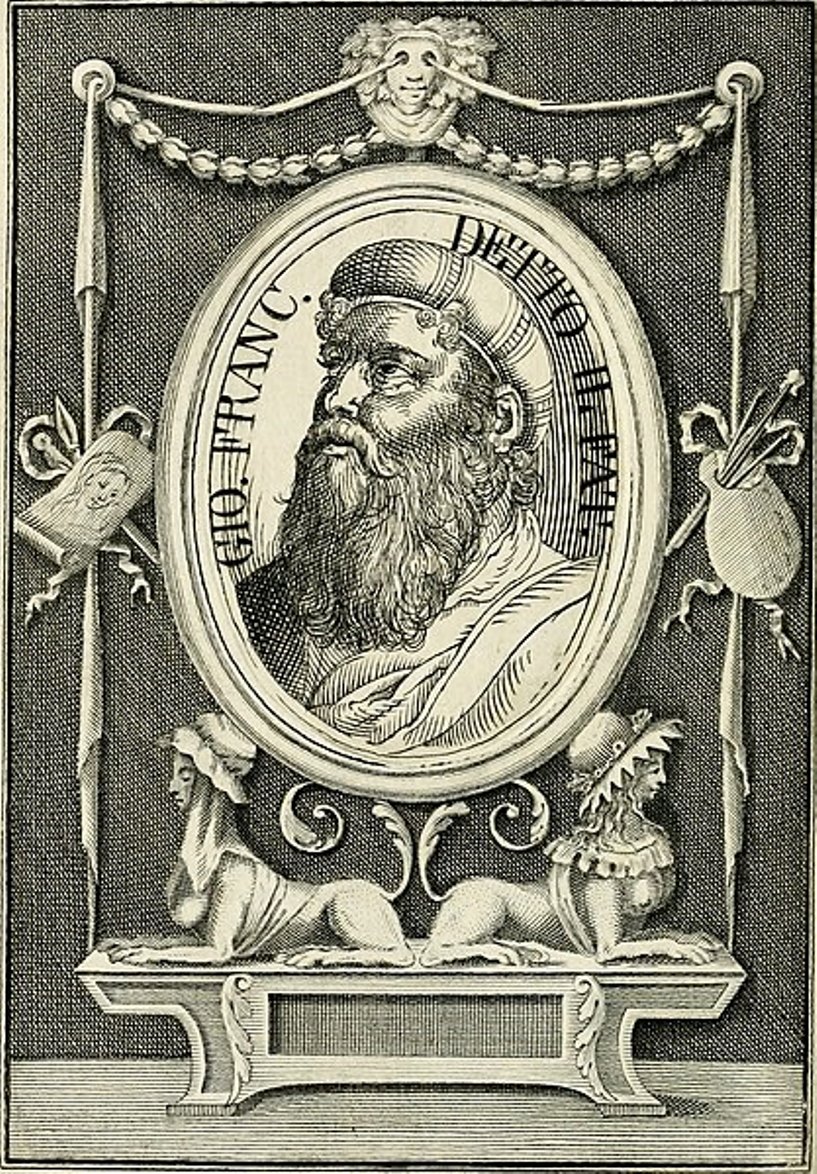
Giovan Francesco Penni, an Italian painter born in 1488, carved a niche for himself amidst the luminaries of the Renaissance. As a native of Florence, his artistry was cradled in the birthplace of the Renaissance, allowing him to develop a specialization that beautifully married traditional techniques with the burgeoning innovations of the time.
Penni is best known for his intimate collaboration with Raphael, one of the era's most celebrated masters. This association not only honed his skills but also deeply influenced his artistic direction, imbuing his works with a blend of grace and narrative depth characteristic of the High Renaissance. Penni's contributions to art, though less documented than those of his contemporaries, highlight his adeptness in painting and his ability to capture the ethereal beauty of religious and mythological subjects.
His known works, which include contributions to the Raphael Rooms in the Vatican, stand as testament to his skill and artistic vision. While many of his individual pieces may reside in obscurity, those attributed to him and preserved in museums and galleries across Europe continue to enchant art lovers with their elegance and historical significance.
For collectors and experts in art and antiques, Giovan Francesco Penni represents an intriguing figure whose legacy is ripe for rediscovery. His works, woven into the tapestry of Renaissance art, offer a unique lens through which to explore an era that shaped the course of Western art history.
In pursuit of uncovering the treasures of Giovan Francesco Penni's oeuvre, we invite you to sign up for updates. This subscription will ensure you're informed about the latest findings, sales, and auction events related to Penni's work, offering exclusive opportunities to delve deeper into the rich legacy of this Renaissance artist.
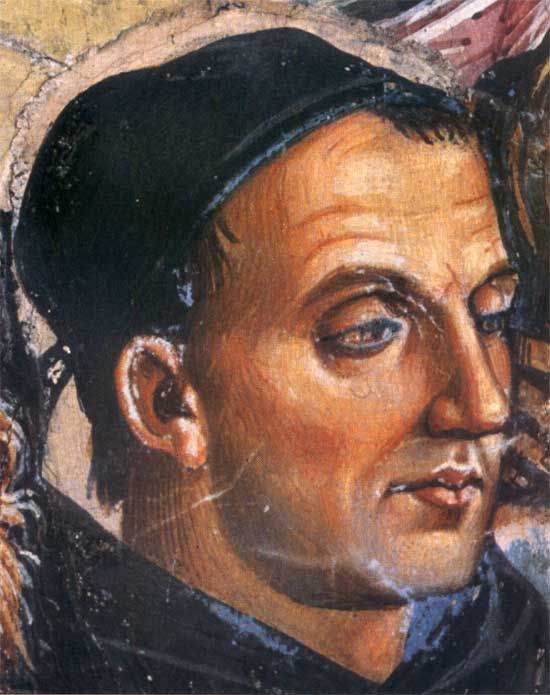
Fra Angelico, a name synonymous with the serenity and purity of Early Renaissance art, was a Dominican friar and Italian painter celebrated for his devout and luminous religious works. Born Guido di Pietro around 1395 in Vicchio, near Florence, he later became known as Fra Giovanni upon joining the Dominican order at Fiesole. His monastic life profoundly influenced his art, reflecting a deep spiritual commitment and a heavenly tranquility. Pope John Paul II recognized his sanctity by beatifying him in 1982, officially bestowing upon him the title "Blessed" and affirming his legacy as a bridge between heaven and earth through his art.
Fra Angelico's technical prowess and innovative approaches to composition and color set new standards in the art world. He was initially trained as an illuminator, which is evident in the delicate details and luminous quality of his works. His art was not confined by his religious duties; instead, his position allowed him to advance the Dominican order's mission through visually compelling narratives that spoke directly to the viewer's soul. His works, including altarpieces and frescoes, are revered for their serene religious attitude and classical influence, embodying the Early Renaissance spirit that sought to harmonize Christian themes with the natural world and human emotion.
Among his most notable contributions are the frescoes at the convent of San Marco in Florence, commissioned by Cosimo de' Medici. These works display Angelico's mastery over perspective and his ability to create a spiritual atmosphere that invites contemplation. The Annunciation, one of his most famous frescoes at San Marco, exemplifies his use of architectural space to frame the sacred narrative, integrating the divine with the everyday. His altarpieces, characterized by their detailed figures and harmonious compositions, were innovative in their unified presentation of sacred stories, moving away from the segmented Gothic style towards a more cohesive and immersive narrative experience.
Fra Angelico's influence extended beyond his lifetime, shaping the trajectory of Renaissance art through his integration of humanistic principles with devout Christian faith. His works are preserved in some of the world's most prestigious museums, including the Museo Diocesano in Cortona, the Uffizi Gallery, and the Museo del Convento di San Marco in Florence, continuing to inspire awe and reverence among viewers.
For collectors and experts in art and antiques, the legacy of Fra Angelico offers a window into the soul of the Renaissance, where beauty and spirituality converge. To stay informed about new product sales and auction events related to this pivotal artist, signing up for updates is a prudent step towards enriching one's collection with works that embody the zenith of religious and artistic expression in the Early Renaissance.
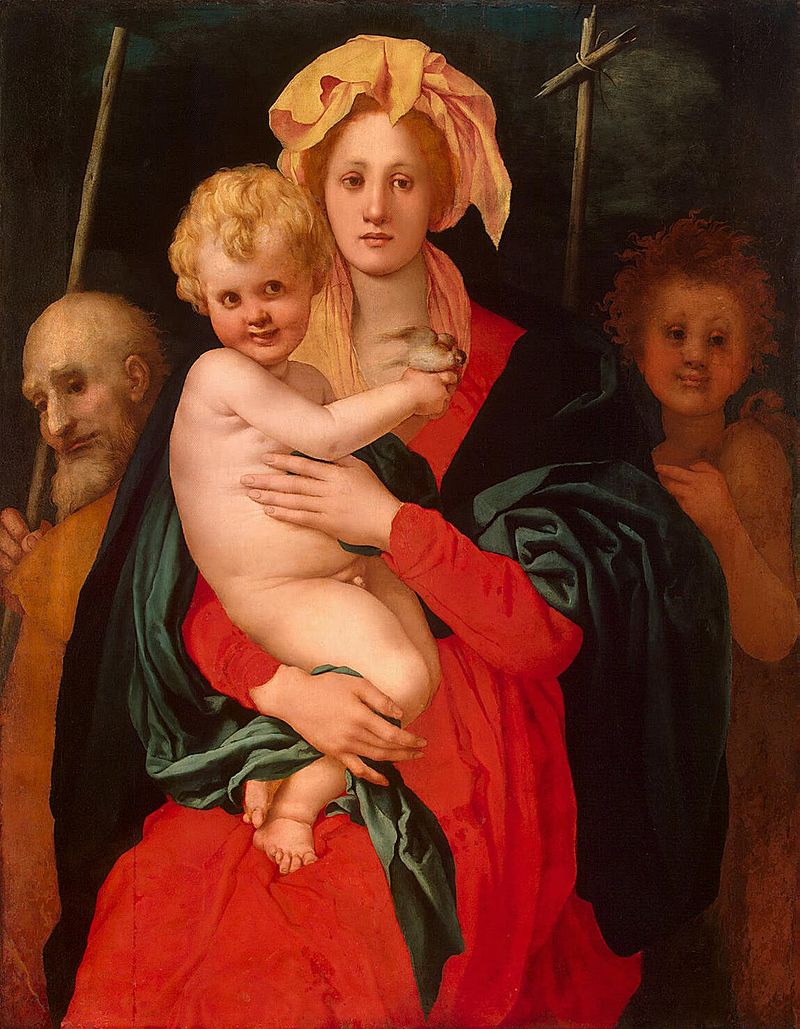
Jacopo da Pontormo, an Italian painter born in 1494, was a pivotal figure in the Mannerist movement, diverging from the High Renaissance's balanced compositions to explore more expressive and emotionally charged art. His work is celebrated for its unusual color palettes, elongated forms, and a unique approach to perspective, all of which contribute to the intensely emotional effect of his paintings.
Operating in Florence, Pontormo's art is distinguished by its vivid expressiveness and dramatic tension, characteristics that set him apart from his contemporaries. His ability to convey deep psychological complexity through his subjects has left a lasting impact on the history of art, making his works highly prized among collectors and scholars alike.
One of his most acclaimed works, the "Deposition from the Cross" in the Capponi Chapel in Florence, exemplifies his innovative approach to composition and color, marking a significant departure from traditional depictions of this biblical scene. This masterpiece, along with others like his portraits and religious paintings, can be found in some of the world's most prestigious museums and galleries.
For art collectors and enthusiasts, Jacopo da Pontormo represents the intriguing complexity of the Mannerist period, offering a window into the evolving artistic landscape of 16th-century Italy. His works not only challenge the viewer's expectations but also invite a deeper exploration of the emotional and spiritual dimensions of painting.
To stay abreast of the latest discoveries, exhibitions, and auctions related to Jacopo da Pontormo's art, we encourage you to sign up for updates. This subscription is your gateway to the refined world of Renaissance and Mannerist art, ensuring you're informed about opportunities to enrich your collection with works by this exceptional artist.
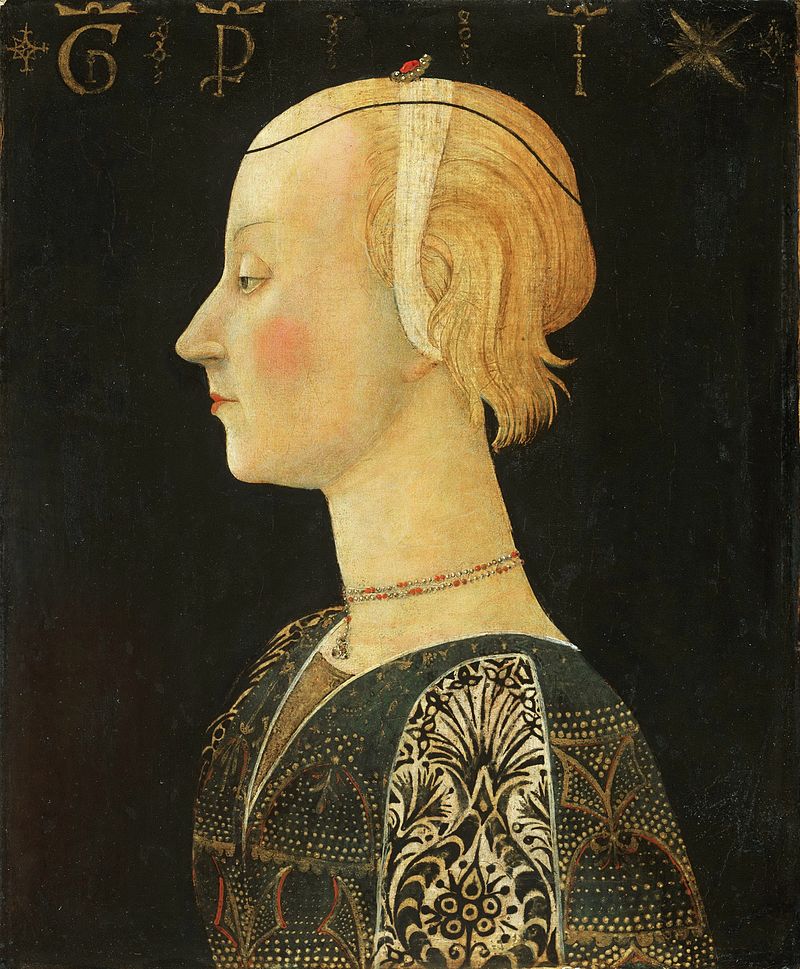
Giovanni di Ser Giovanni Guidi, more famously known as Scheggia, was an Italian painter whose contributions to the arts during the Renaissance period have carved him a distinct niche in art history. Born in Italy, Scheggia was a craftsman of narrative and decorative painting, specializing in altarpieces, cassone panels, and birth trays, which were popular in Florentine culture for their intricate storytelling and detailed artistry.
Scheggia is perhaps best known for his lively and detailed panels that graced the fronts of marriage chests, known as cassoni. These pieces were celebrated for their vivid depictions of allegorical and mythological scenes, showcasing Scheggia's skillful use of color and composition to bring tales to life. His work not only adorned the homes of the wealthy but also served as a testament to the rich cultural and artistic fervor of Renaissance Florence.
One of Scheggia's most notable works, the "Madonna of Humility with Angels," showcases his ability to blend divine and earthly realms in a harmonious composition that speaks volumes of his mastery over form and space. This, among other works by Scheggia, can be admired in museums across Italy, offering a glimpse into the vibrant Renaissance art scene.
For collectors and experts in art and antiques, Giovanni di Ser Giovanni Guidi represents an intriguing exploration into the less-trodden paths of Renaissance art. His paintings are a celebration of the era's innovative spirit, offering insights into the everyday lives, cultural practices, and artistic achievements of the time.
To delve deeper into the world of Renaissance art and uncover the gems of Giovanni di Ser Giovanni Guidi's legacy, signing up for updates is an essential step. This subscription ensures that enthusiasts and collectors are the first to know about new discoveries, exhibitions, and auction events related to Scheggia's work, providing exclusive opportunities to enrich their appreciation and collections of Renaissance art.
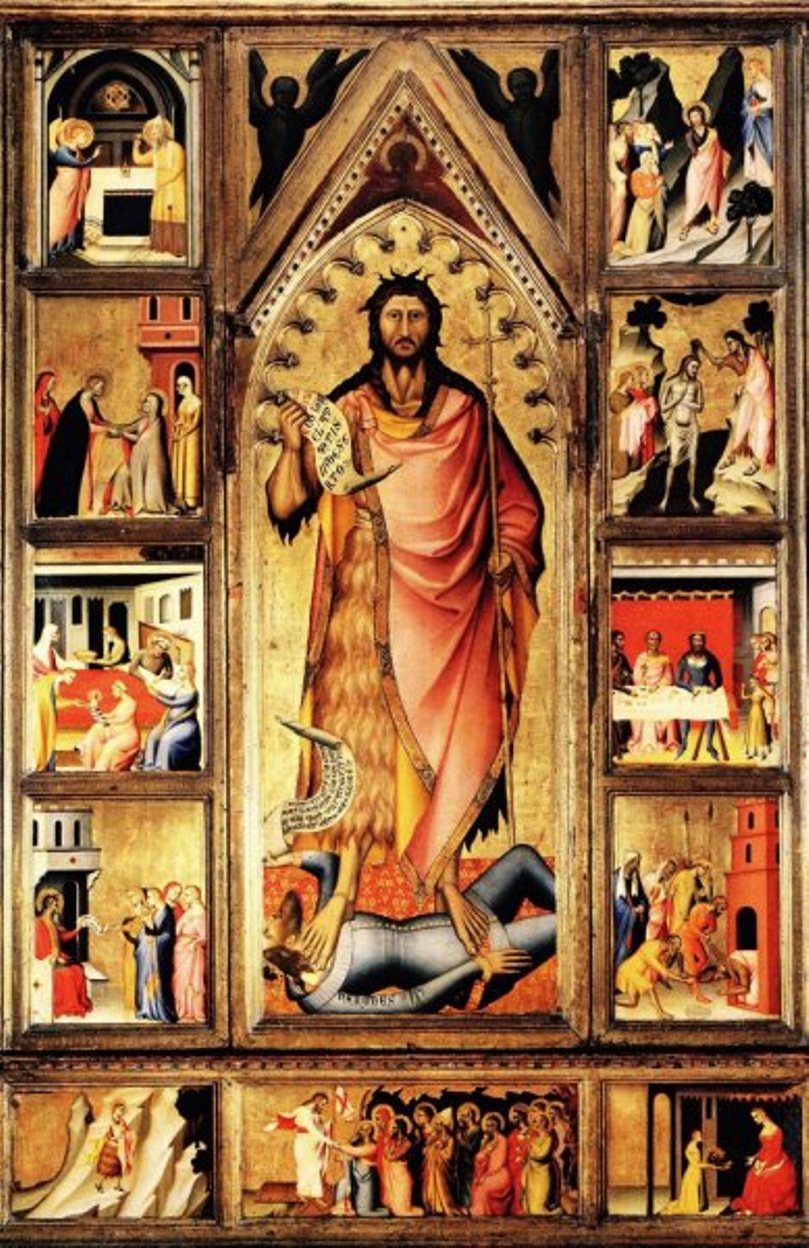
Giovanni del Biondo, an Italian painter active in the 14th century, was a distinguished figure in the vibrant tapestry of medieval art. Originating from Florence, he was known for his devout religious paintings that adorned many churches and sacred spaces throughout Italy. His specialization in altarpieces and frescoes captured the essence of divine narratives with a profound sense of piety and devotion.
Del Biondo's art is celebrated for its meticulous attention to detail, vibrant colors, and the emotional depth of its subjects. He had a unique ability to convey complex theological themes through his works, making them not only visually stunning but also spiritually enriching. His contributions to the Gothic style of painting helped pave the way for the forthcoming Renaissance by infusing traditional religious art with a new sense of naturalism and humanism.
Among his known works, the altarpieces depicting scenes from the life of Christ and the Virgin Mary are particularly noteworthy. These masterpieces, housed in museums and churches across Europe, continue to captivate art lovers with their elegance and intricacy. Giovanni del Biondo's legacy as a master painter lies in his ability to transcend the boundaries of time, inviting viewers into a contemplative dialogue with the divine.
For collectors and experts in art and antiques, Giovanni del Biondo represents an intriguing chapter in the history of art. His works offer a glimpse into the spiritual and artistic aspirations of medieval Florence, providing a rich field for exploration and appreciation.
To stay informed about the latest discoveries, exhibitions, and auction events featuring Giovanni del Biondo's works, signing up for updates is essential. This subscription will ensure that enthusiasts and collectors alike are always at the forefront of new opportunities to engage with the art of this medieval maestro.
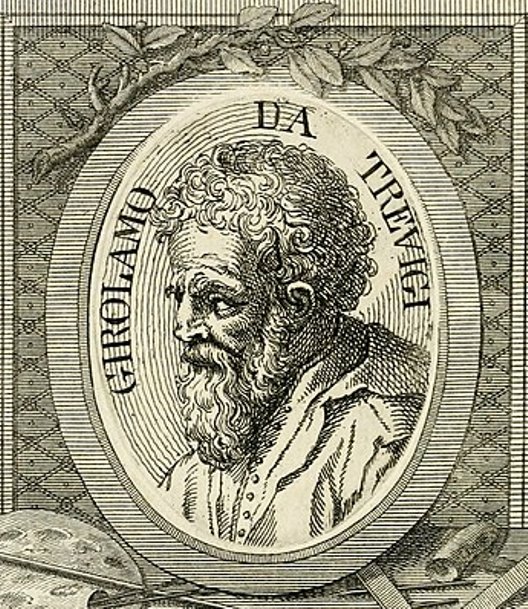
Girolamo da Treviso the Younger was an Italian painter whose versatile talent shone brightly during the Renaissance. Born in Treviso, his artistic journey was marked by a profound ability to blend the innovative techniques of the High Renaissance with the rich traditions of Italian painting.
Renowned for his expertise in a variety of subjects, Girolamo's works ranged from religious narratives to mythological scenes, each imbued with a depth of emotion and meticulous attention to detail. His style was characterized by dynamic compositions, a masterful use of perspective, and a vibrant palette that brought his figures and landscapes to life.
Among his notable contributions to the art world, Girolamo da Treviso's altarpieces and frescoes stand out for their artistic and historical significance. These works, preserved in some of the most prestigious museums and churches across Italy, continue to attract art lovers and scholars, captivated by their beauty and the story of their creator.
For collectors and experts in art and antiques, Girolamo da Treviso II represents an intriguing figure whose oeuvre offers a window into the transformative period of the Renaissance. His paintings are not only valued for their aesthetic appeal but also for the insights they provide into the cultural and artistic developments of the 16th century.
To explore the rich legacy of Girolamo da Treviso II and stay informed about the latest discoveries and auction events related to his work, signing up for updates is a must. This subscription will keep you at the forefront of new opportunities to appreciate and acquire pieces by this Renaissance master, ensuring you never miss a chance to add to your collection.
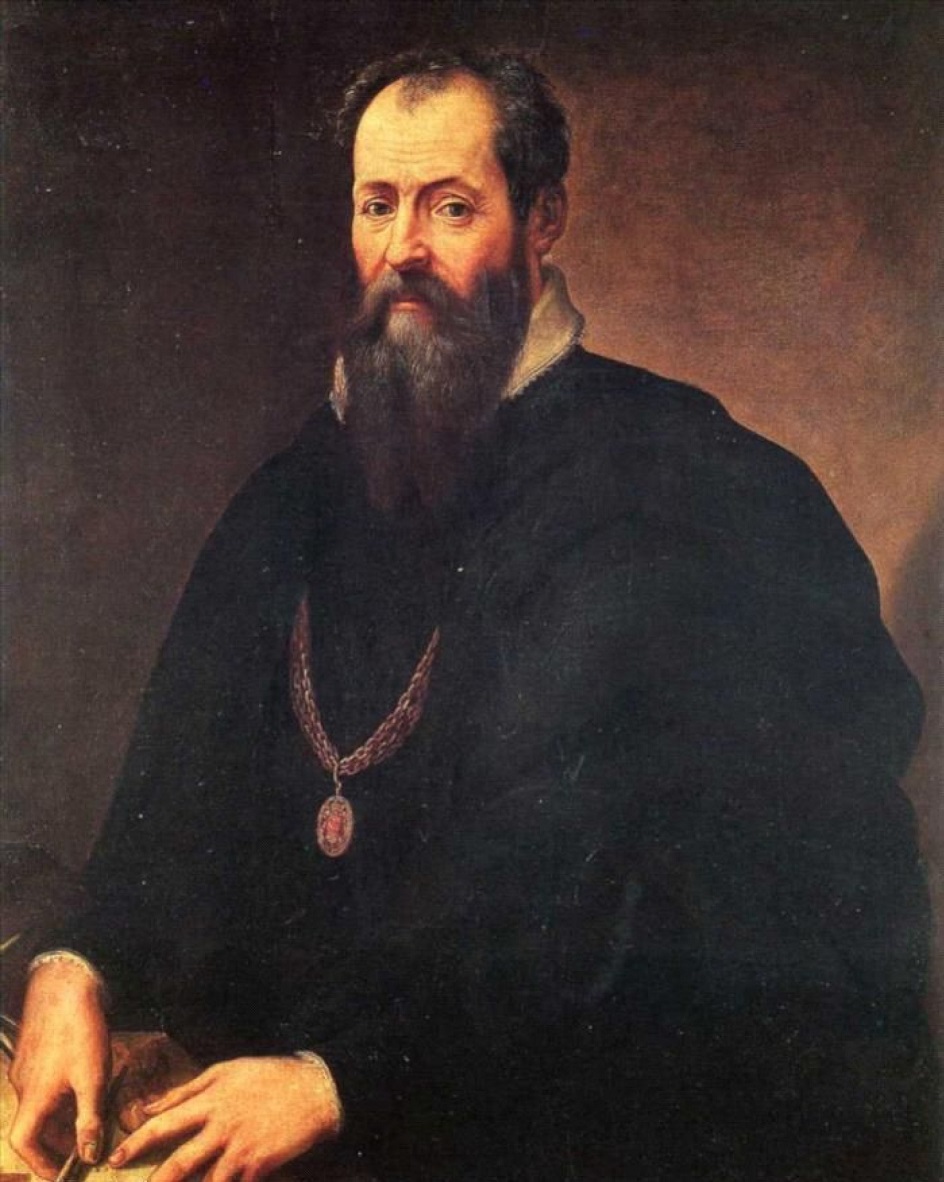
Giorgio Vasari, polymath of the Italian Renaissance, left an indelible mark on painting, architecture, and art history. Born on July 30, 1511, in Arezzo, Italy, Vasari was deeply influenced by the patronage of the Medici family during his artistic education in Florence. Exposure to the works of Andrea del Sarto and the profound influence of Michelangelo's work shaped his development as an artist and architect. Vasari's artistic career was characterized by his contributions throughout Italy, including significant works in Florence and Rome, and his role in founding the Florentine Academy and the Society of the Fine Arts in 1563 underscores his commitment to art and education.
Vasari's architectural skill is evident in the design of the Uffizi Loggia in Florence, testifying to his ability to combine functionality with aesthetic grandeur, creating a space that harmonizes with the urban landscape while blending into the riverside environment. His contribution extends to the Vasari Corridor, an architectural marvel that connects the Uffizi to Palazzo Pitti across the Arno River, demonstrating his innovative approach to public and private space.
Perhaps Vasari's most enduring legacy stems from his seminal work, Lives of the Most Excellent Painters, Sculptors, and Architects, in which he outlined biographies of Renaissance artists, laying the foundation for the discipline of art history. This work not only elevated the status of artists in society, but also created a history of the development of art that emphasizes the Renaissance as a period of rebirth and innovation. Vasari's narratives, although their accuracy is sometimes criticized, remain a cornerstone in the study of Renaissance art, offering invaluable insights into the lives and works of the era's most prominent figures.
Vasari's work is represented in prominent museums and galleries, including the Minneapolis Institute of Arts and the National Gallery of Art, which houses important works such as the Six Tuscan Poets and works commissioned by the Pope. His architectural and artistic contributions, combined with his innovative historiographical approach, have cemented his reputation as a key figure of the Renaissance and the annals of art history.
Giorgio Vasari's multifaceted contributions to painting, architecture, and art history not only underscore his genius, but also play a key role in shaping our understanding of the Renaissance. His works and writings continue to inspire collectors, experts, and enthusiasts. For those seeking to delve deeper into the world of Renaissance art and Vasari's profound influence, subscribing to updates on new sales and auction events related to Vasari can offer a wealth of information and the opportunity to explore his enduring legacy.
